Making of "Russian Arctic" Exhibition
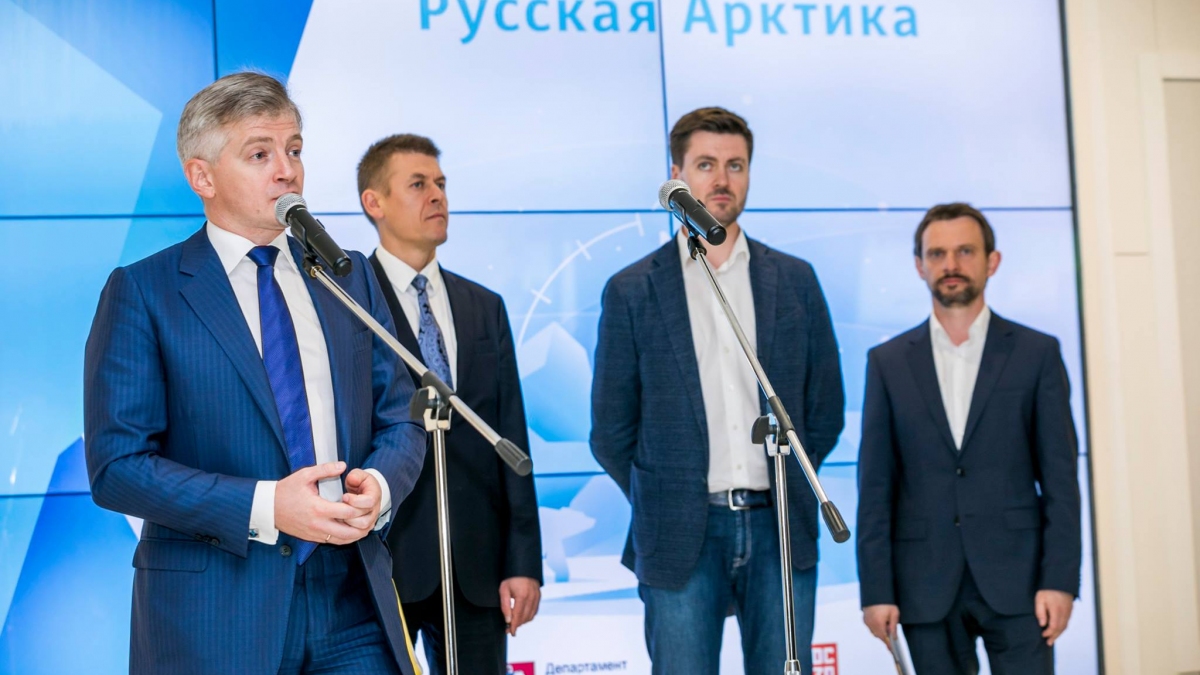
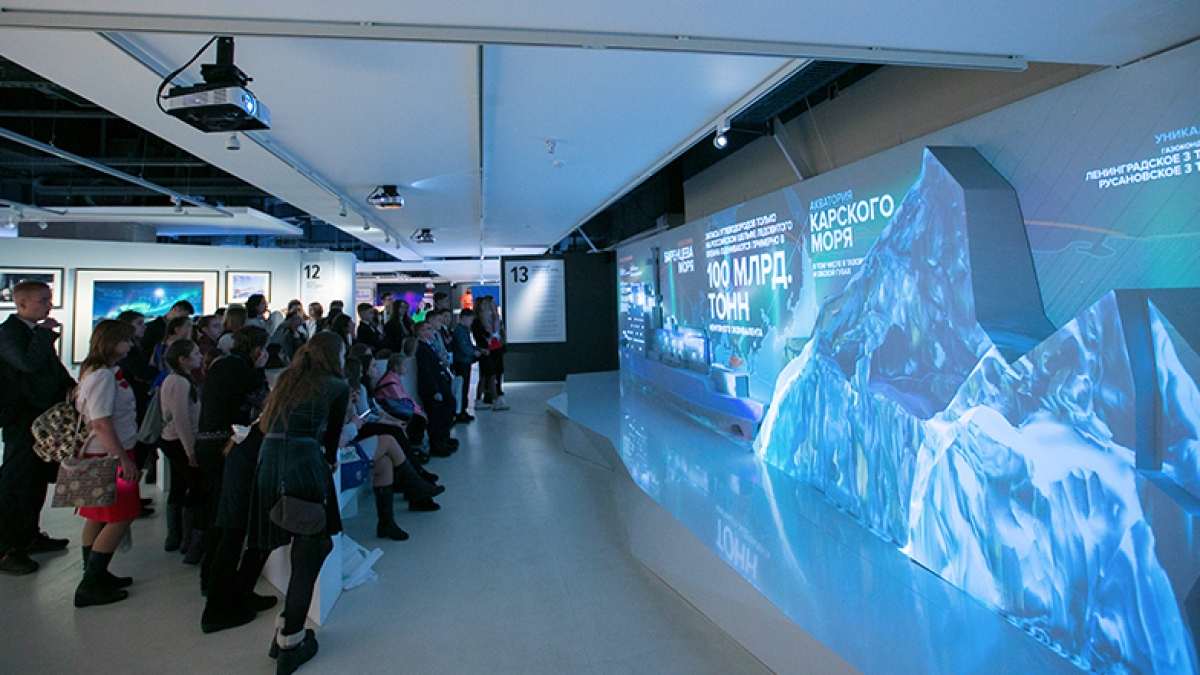
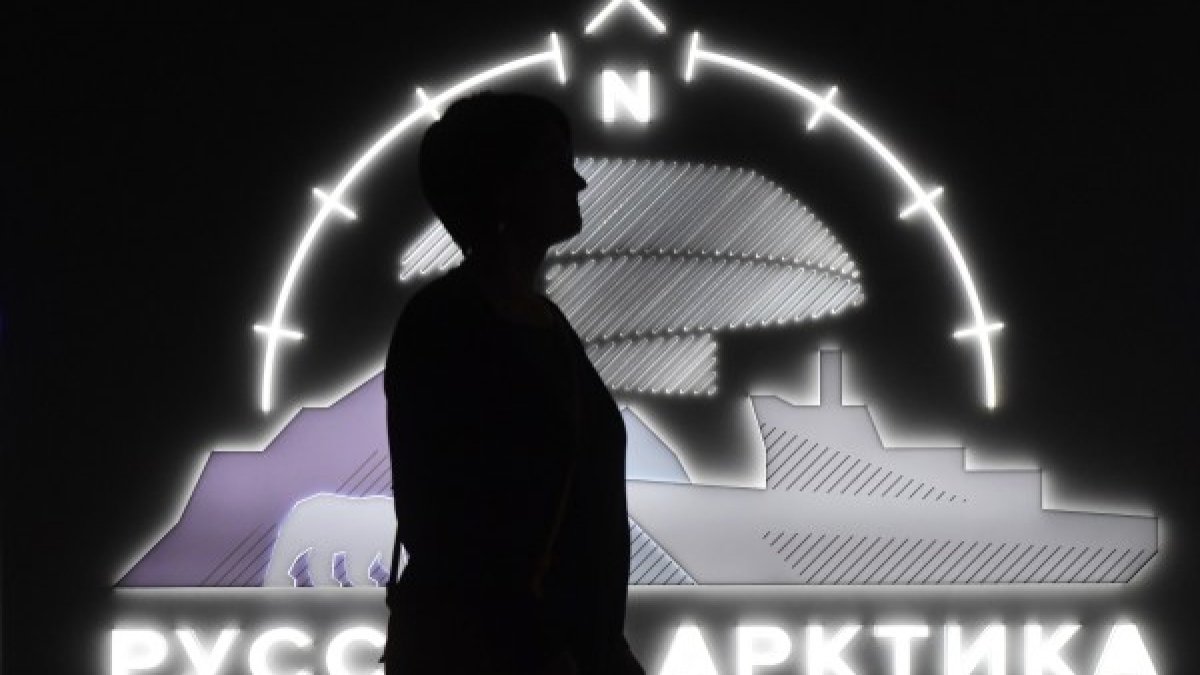
The new conception was based around the main idea to place visitors’ route between kind of icebergs and ice hummocks making it more dramatic experience — a journey full of unexpected twists and turns around the key installations — from the first one, ‘Tent of the Papanin Team’ via ‘Northern Lights’ and to the last one, ‘Northern Sea Route’. A children edutainment zone was strategically placed in the isolated space behind the yaranga (a tent-like traditional mobile home of some nomadic Northern indigenous peoples of Russia). By using this approach, not-so-large exhibition space was thematically divided in main zones.
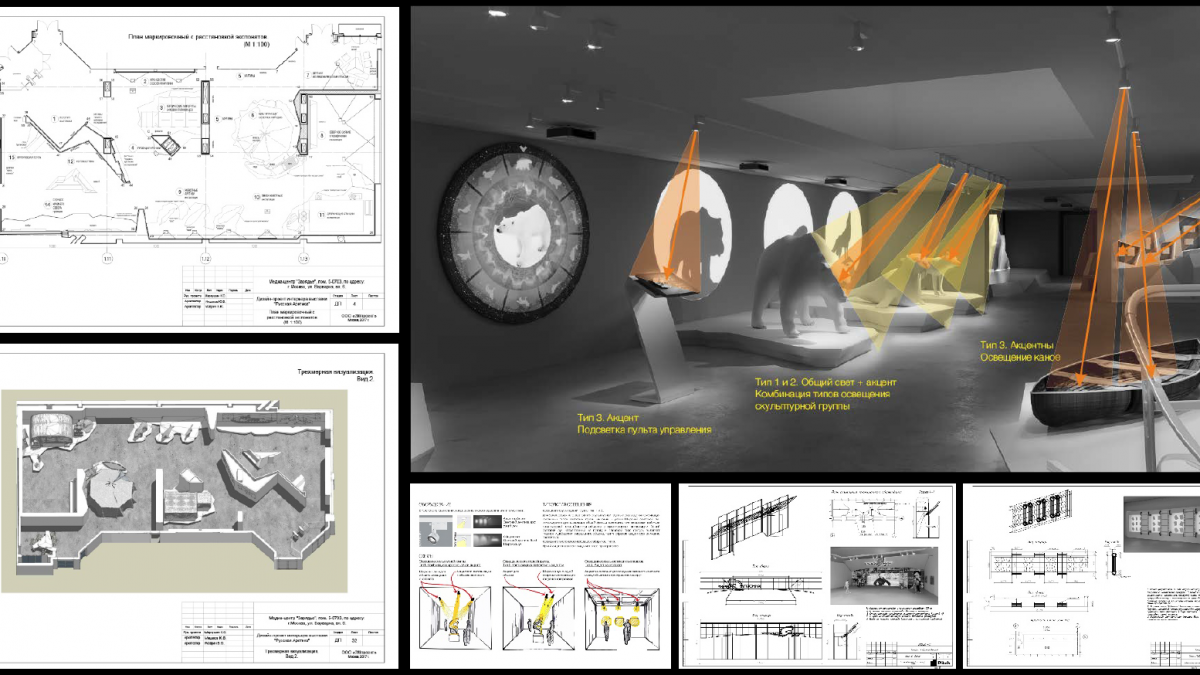
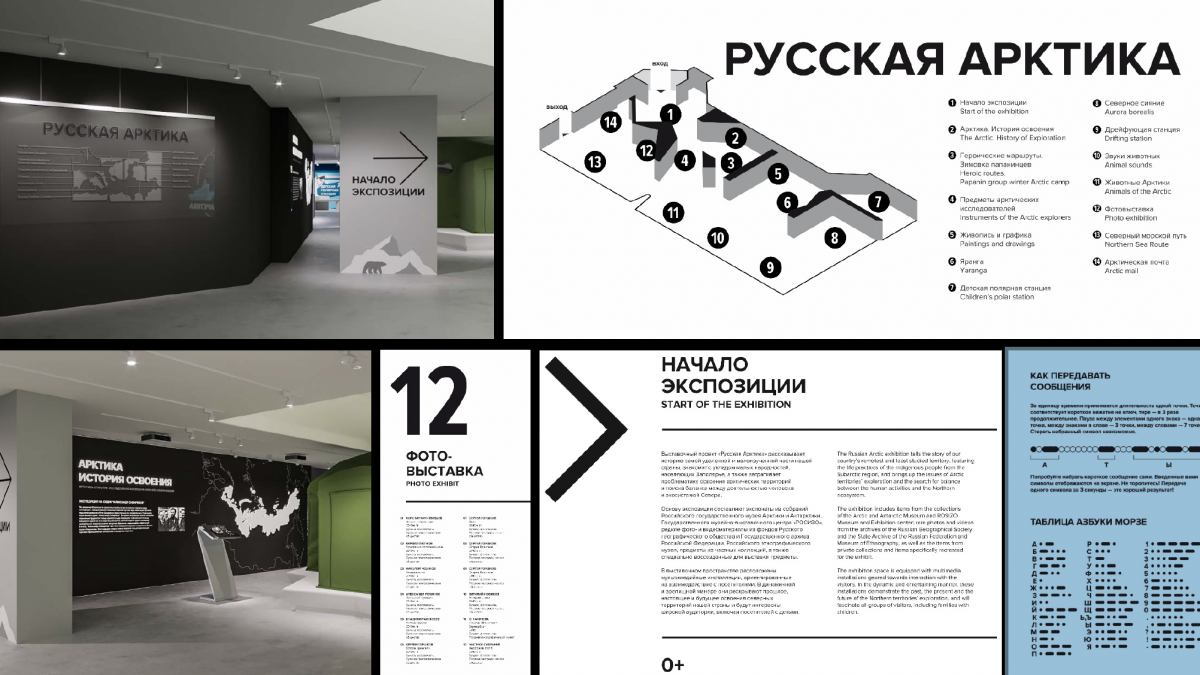
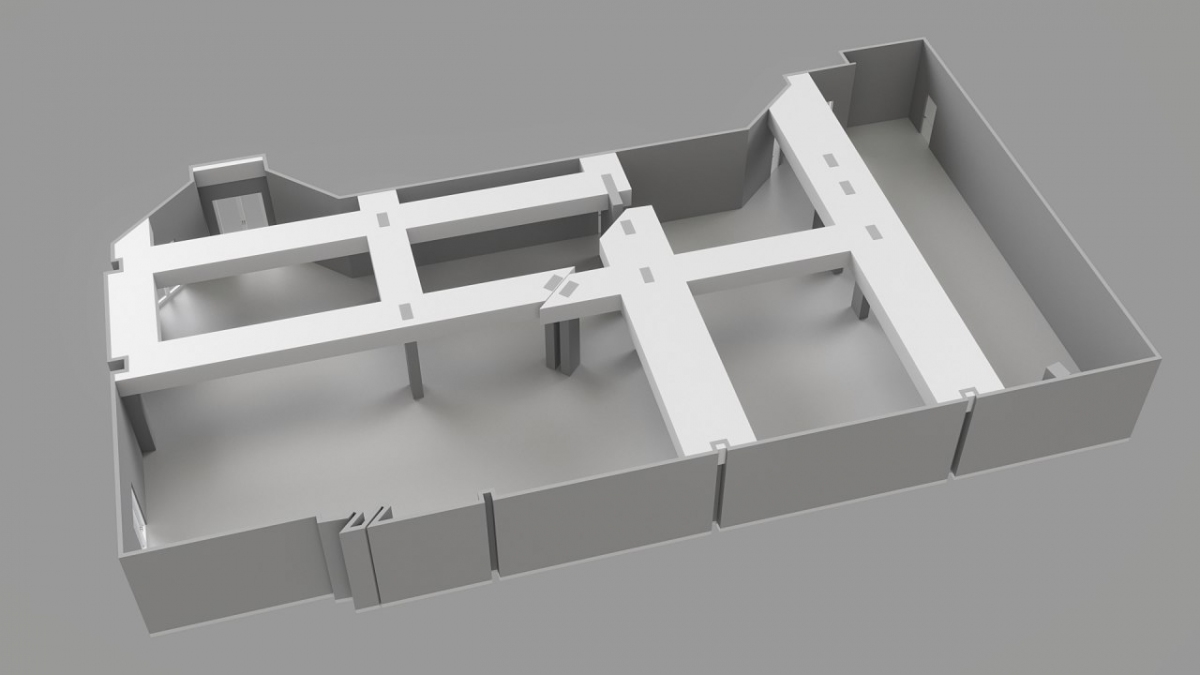
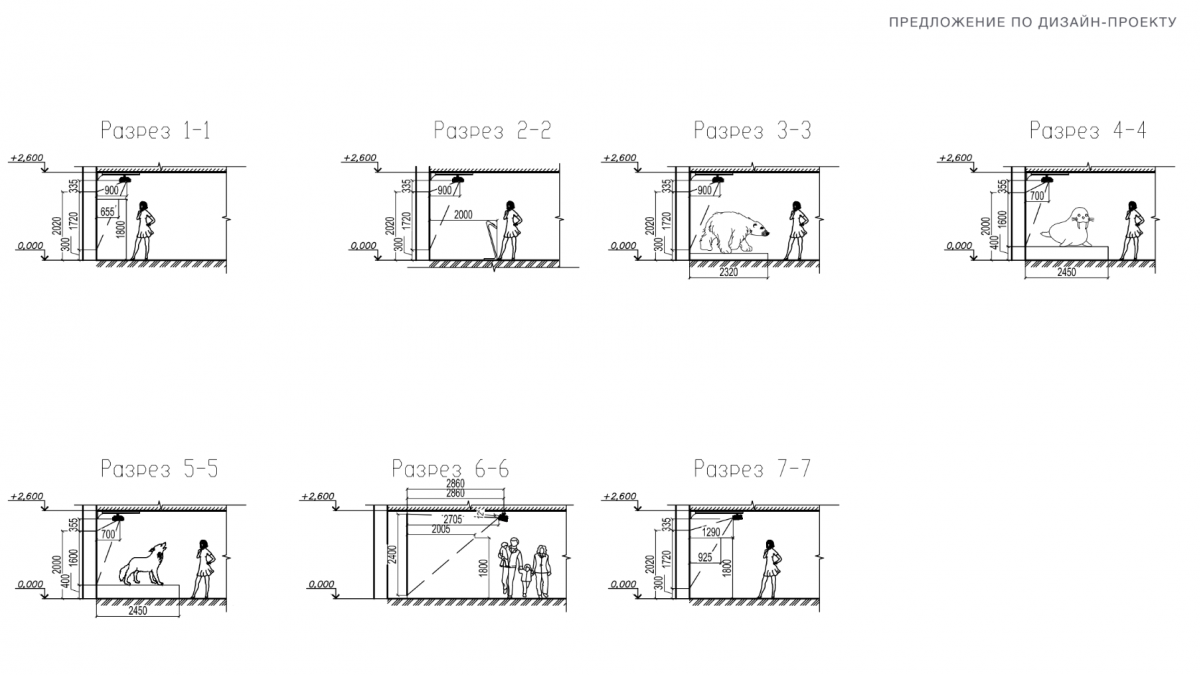
Our work on the exhibition, which had changed in process its name to ‘Russian Arctic’, from the very beginning to the last step, was a big challenge for us. The scope of work that took place in few months’ time, included adaptation of the existing idea, scripts and contents development, making of props and decorations — everything to make ‘Russian Arctic’ truly multimedia and interactive exhibition.
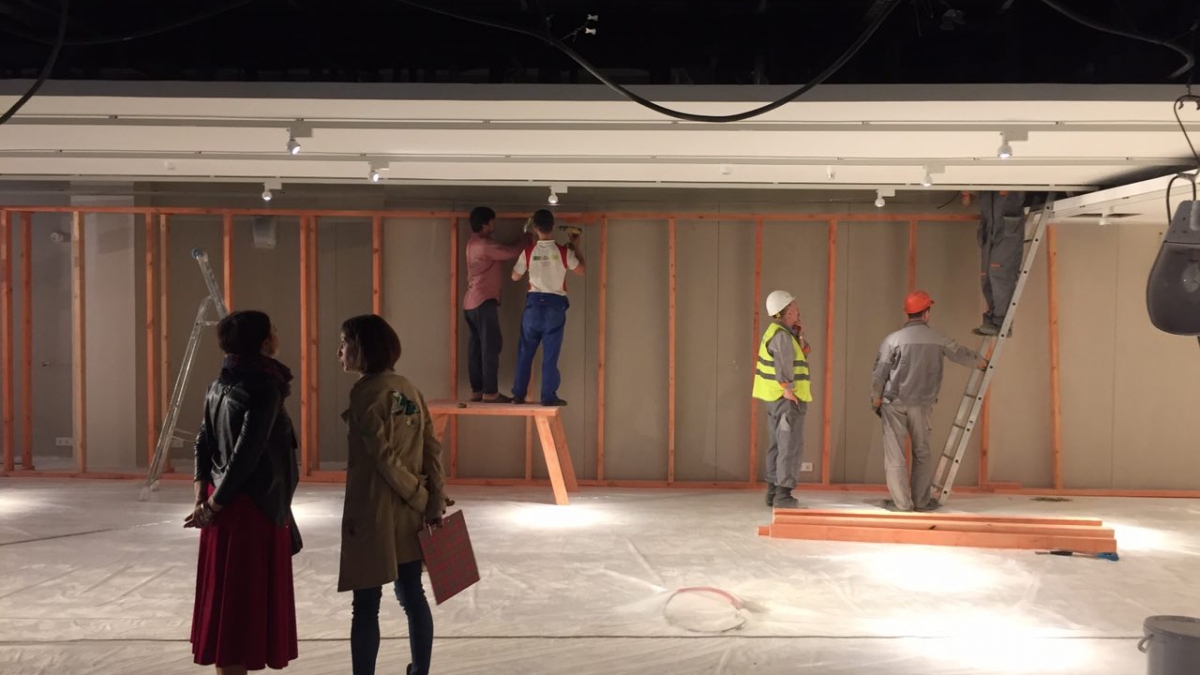
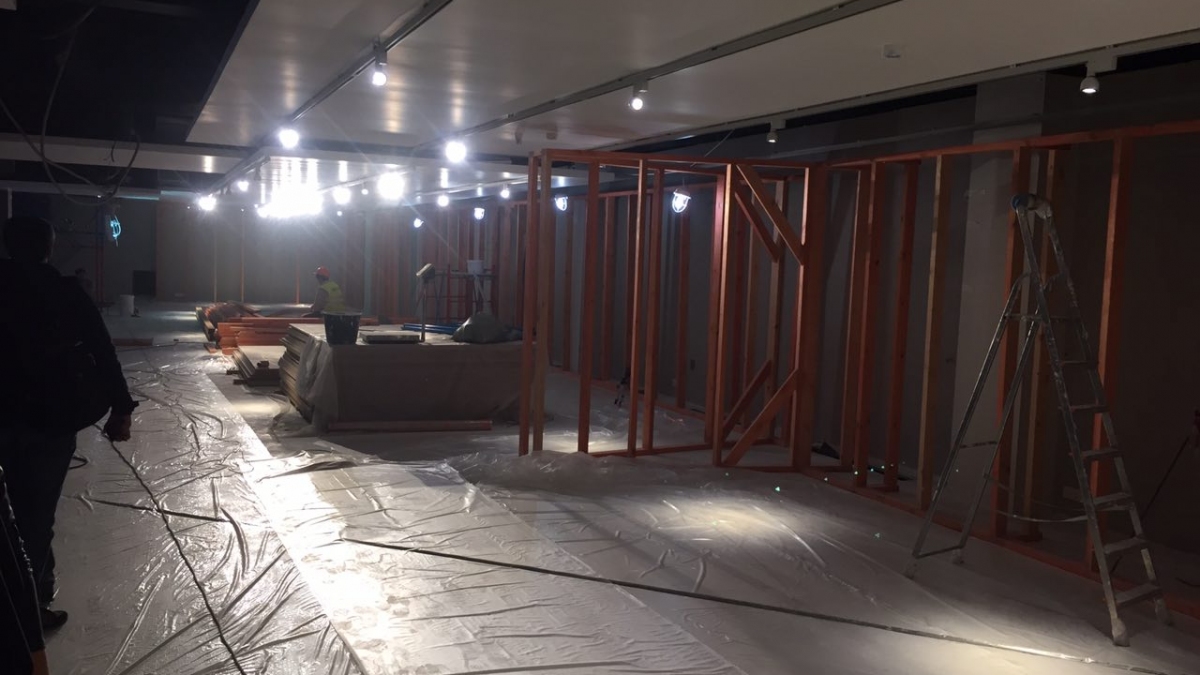
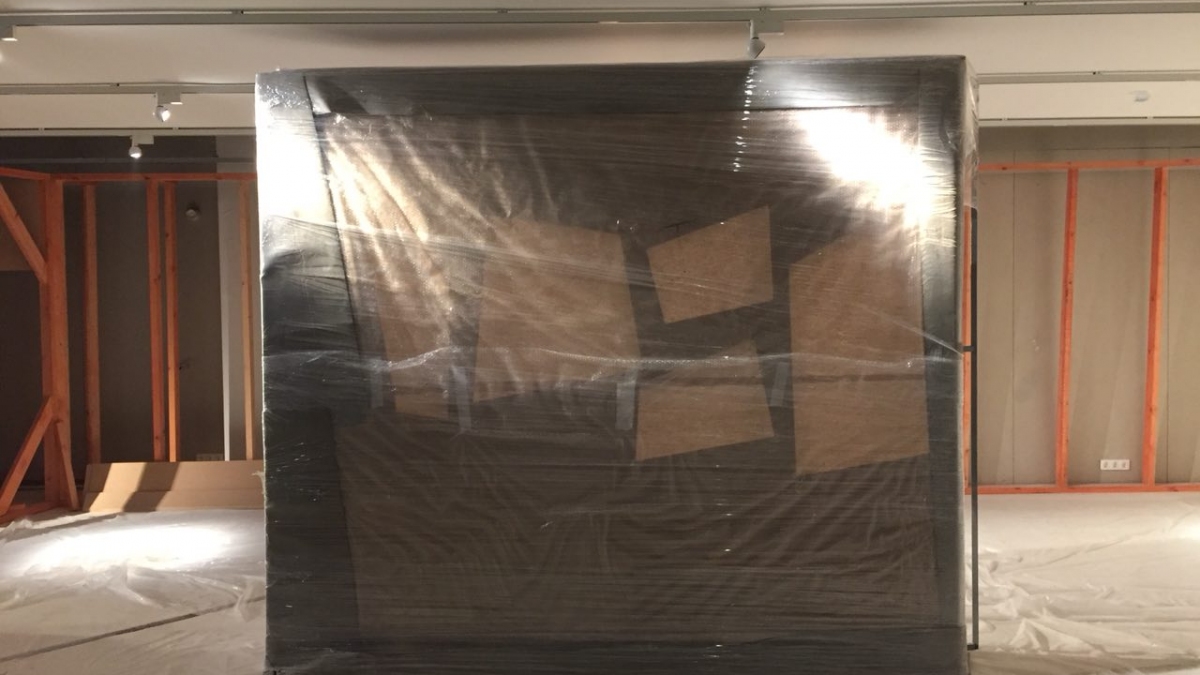
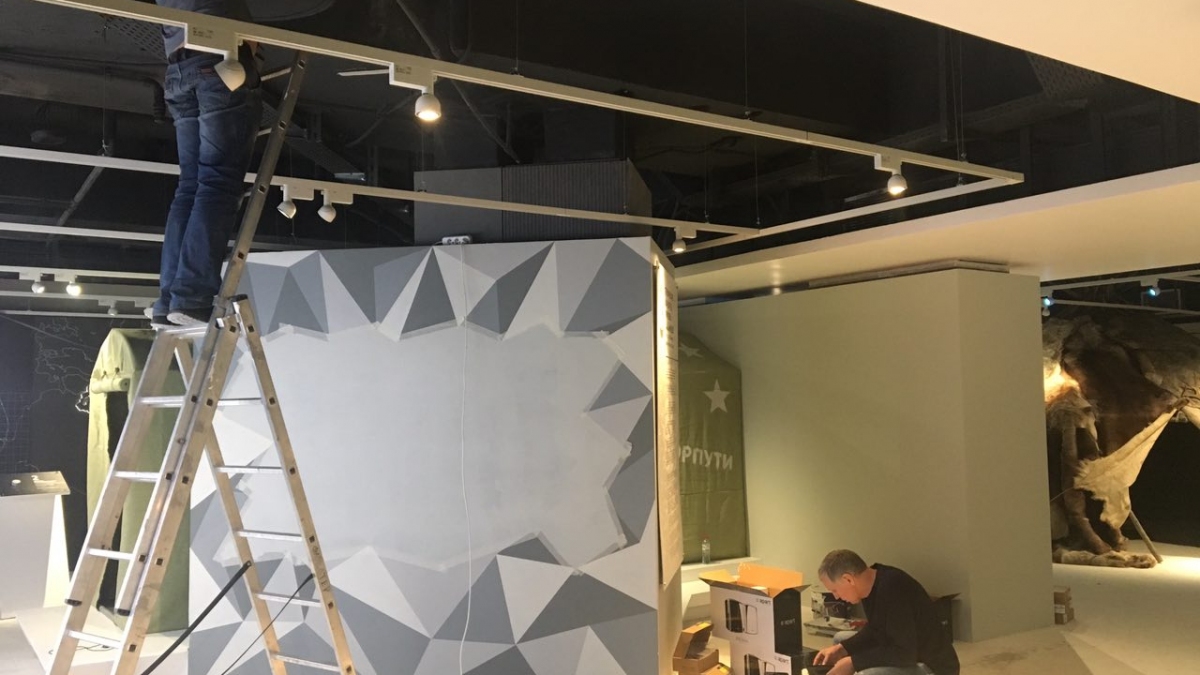
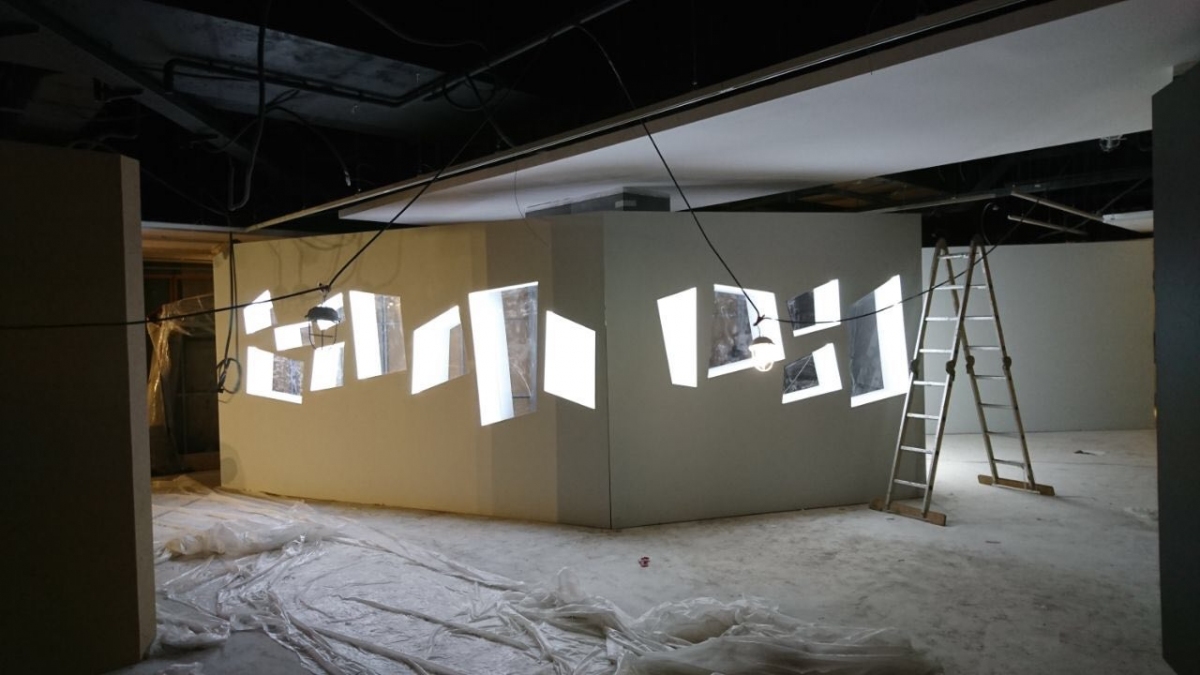
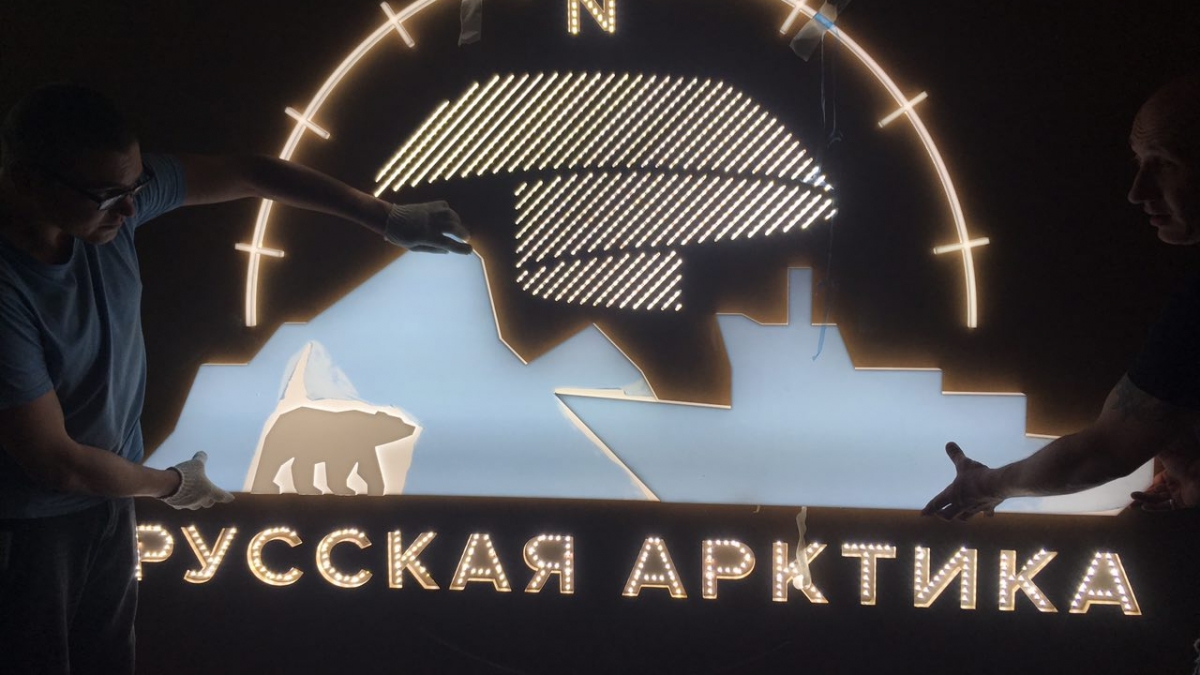
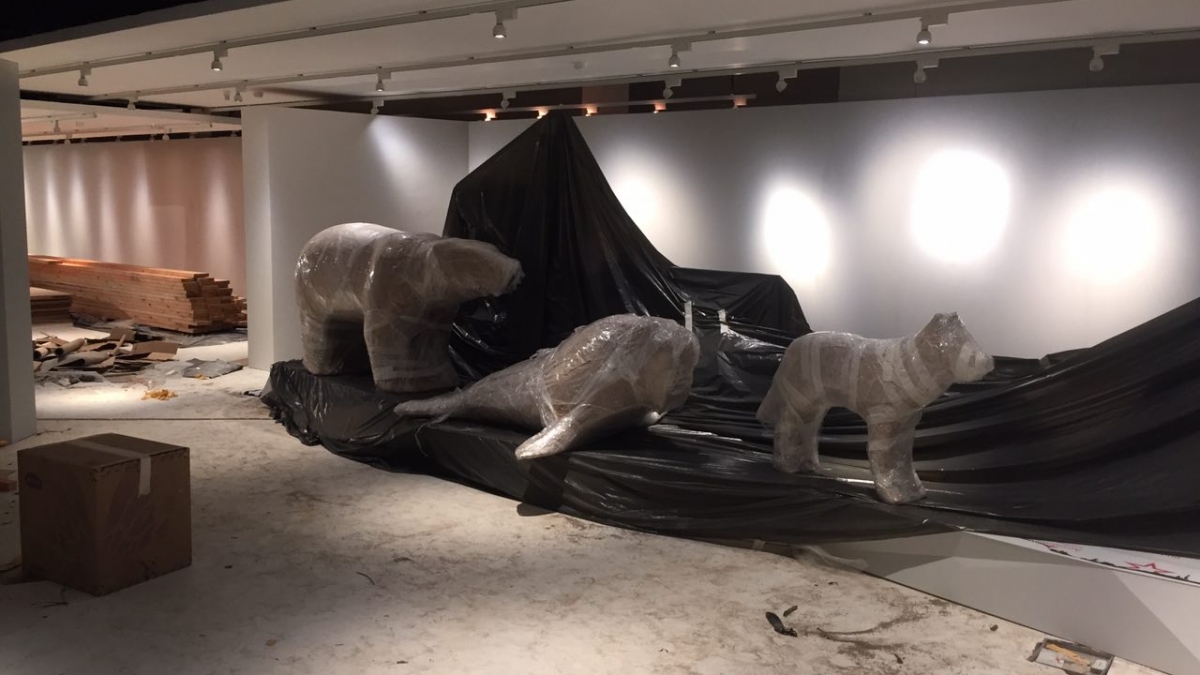
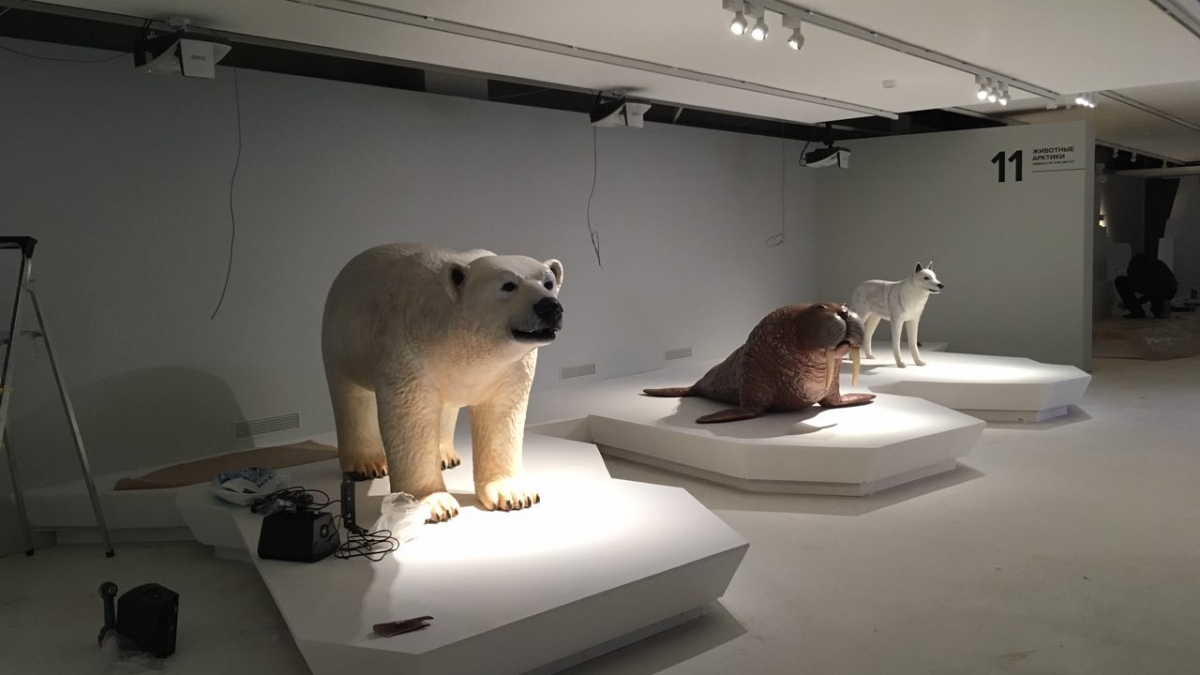
The Arctic theme as the stylistic dominant of the concept was objectified by using built-in glass cases for the exhibits. One of the first drafts of the exhibition design included floor navigation in shape of cracks in ice floor that could lead visitors to the next installation and at the same time remind them about how fragile Arctic ecosystem is. However, this idea was abandoned later in order to focus on the elements of showcases and furniture stylized to look like icebergs.
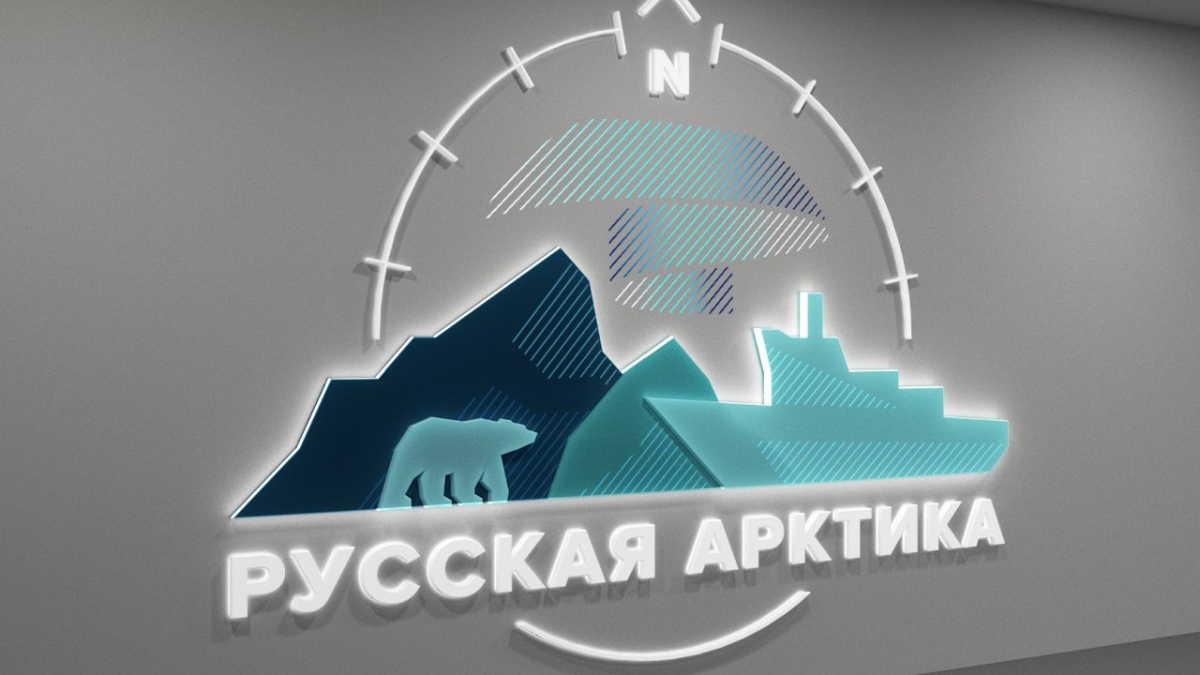
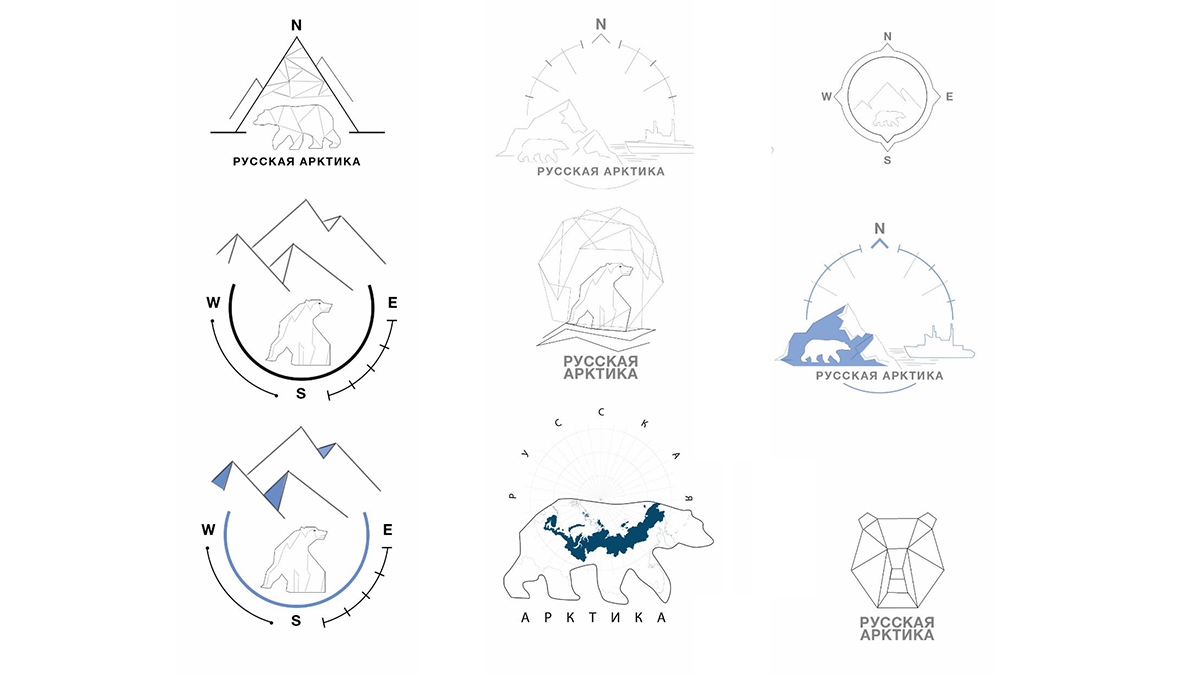
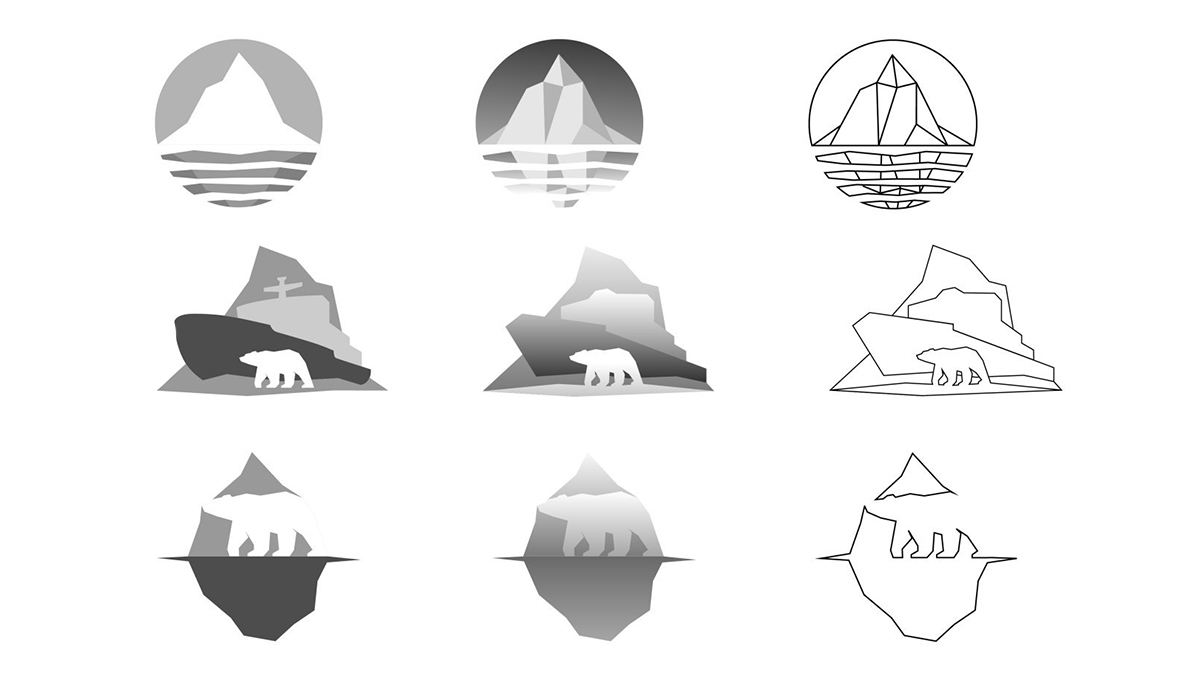
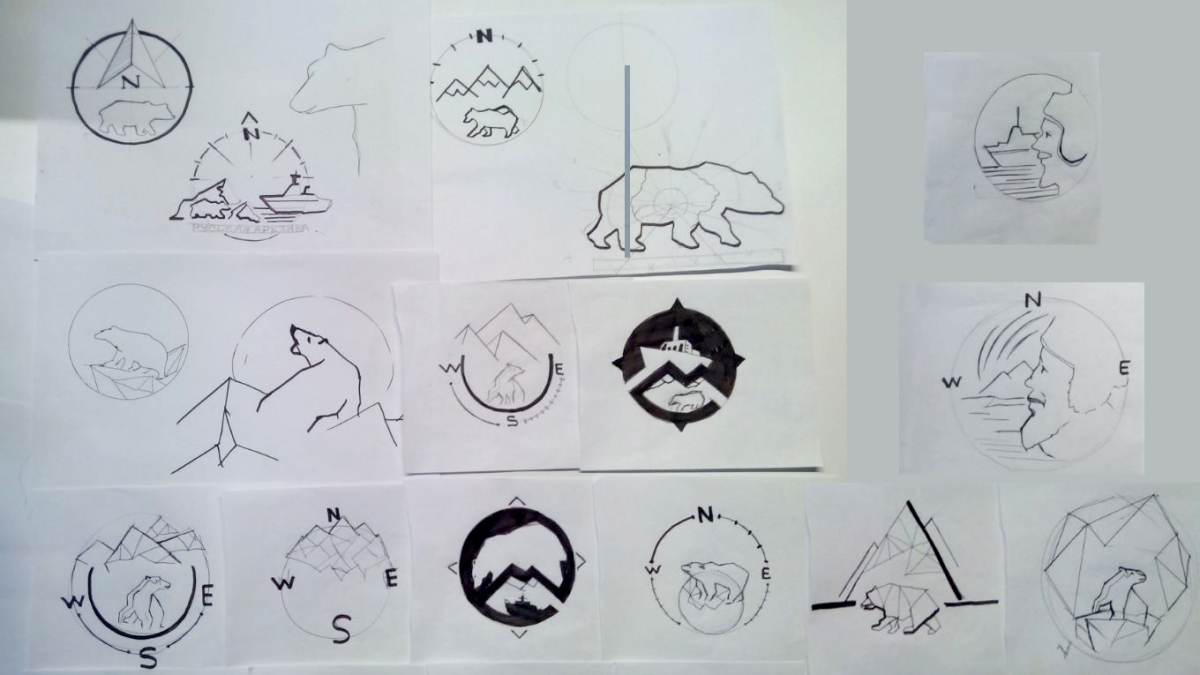
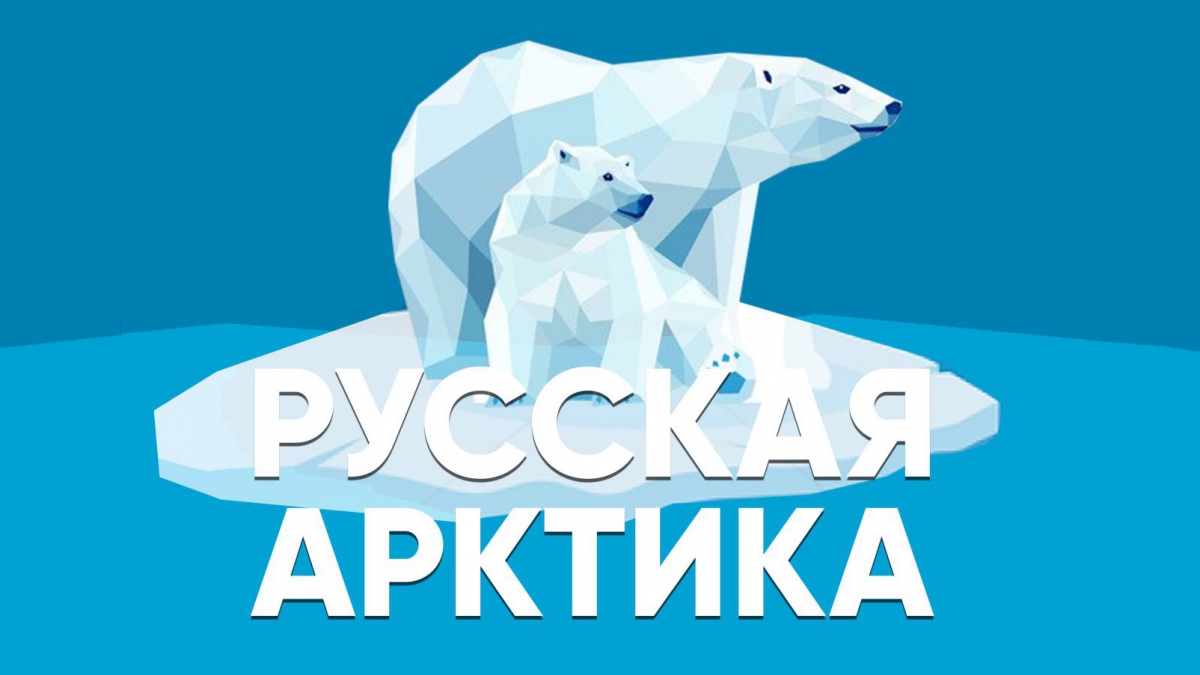
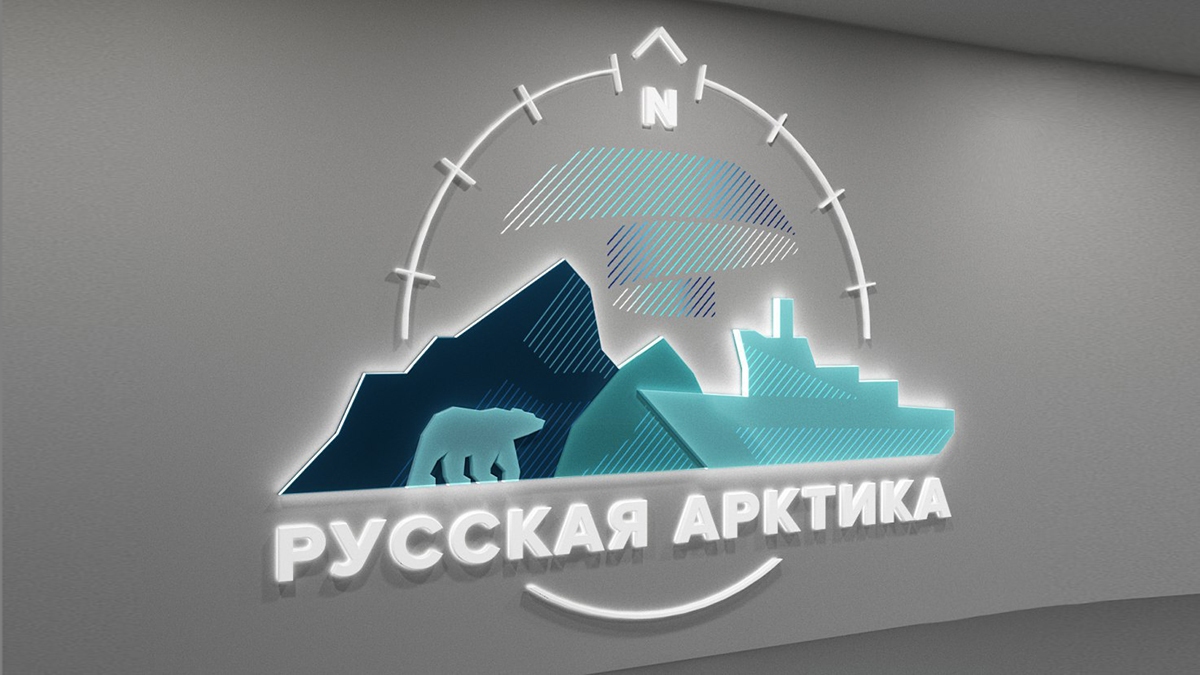
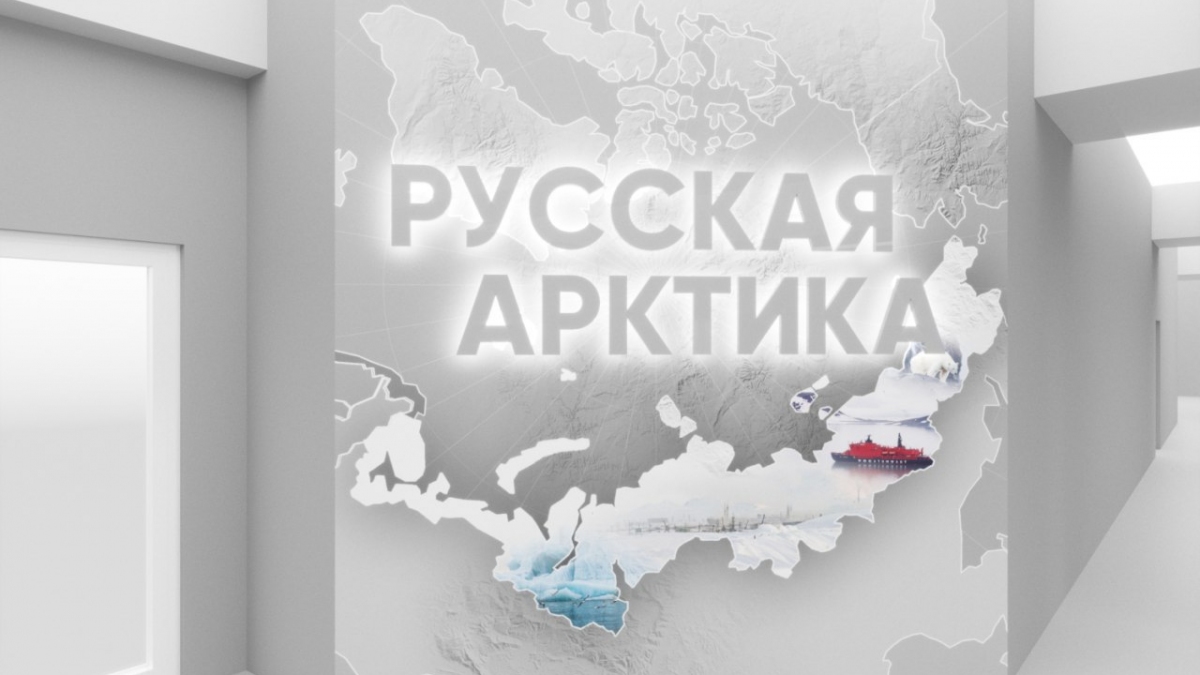
For instance, the main logo of the exhibition was chosen from over 50 variations and concept ideas. Some of them were minimalistic and simple, another were based on crazy ideas and sophisticated technologies — such as to make a logo out of ice made out of the sea water that could controllably melt in the course of the 5-months exhibition time, raising ecological awareness in process. Finally, we have drafted a logo that both reflected the main idea and at the same time was esthetically satisfying.
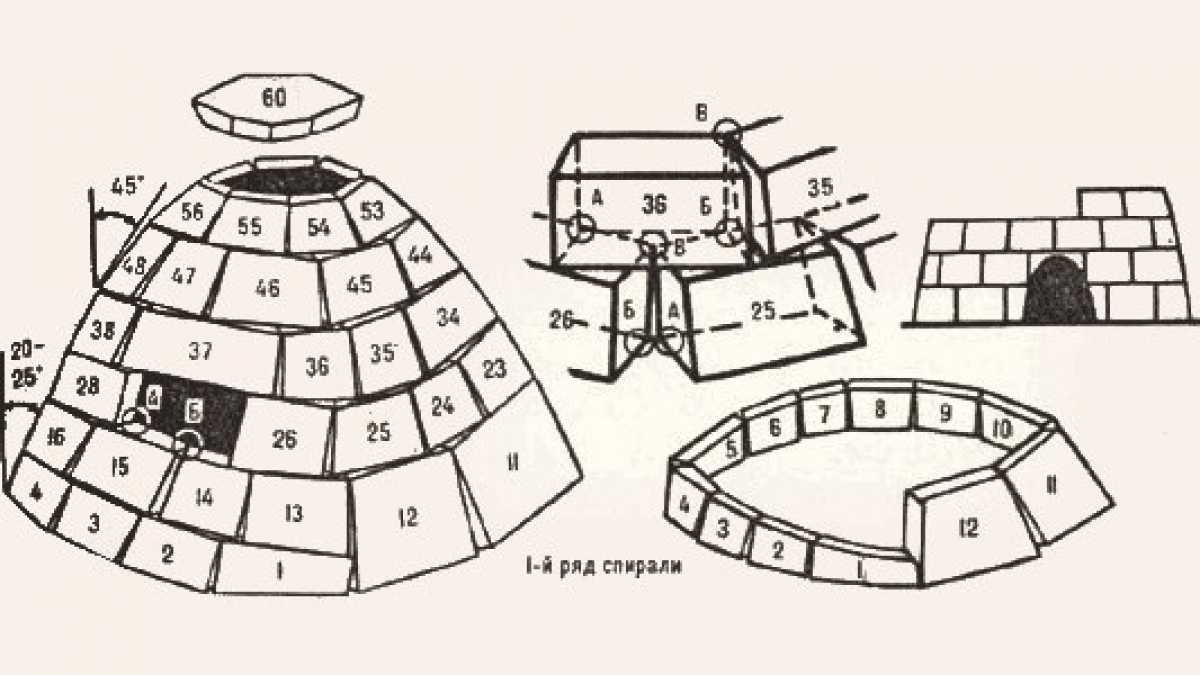
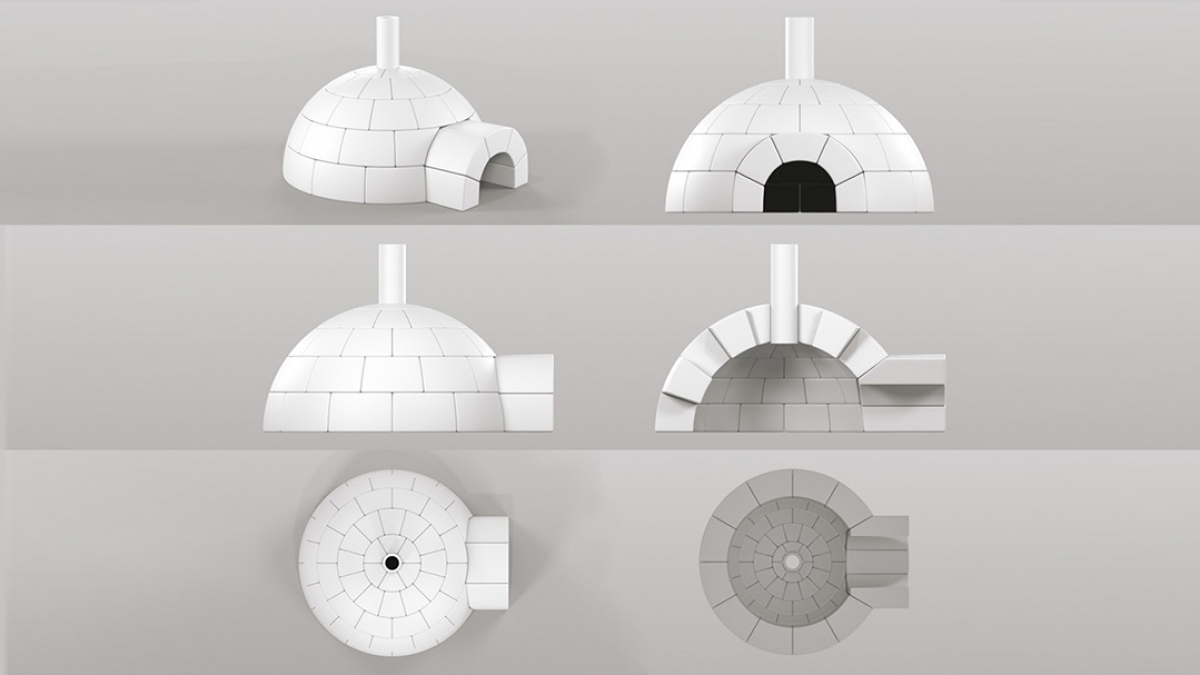
The concept and exhibits in the course of the project development was changed many times. Many ideas had to be abandoned. That’s how the study of one of the installations, children’s’ igloo, looked like: we started from analyzing photos and drawing of igloo, watched how-to-make videos on YouTube, researched instructions for its blocks’ assembly. We also looked for ready-made children’s igloo designs on the Internet, but did couldn’t find them so finally decided to design a prototype ourselves. To do this, we studied what materials are extremely lightweight and will not cause injury in the fall, but meanwhile are strong, can keep the shape and not crumble 5 months. We calculated the total volume and weight of a cubic meter. Based on the safe weight and shape, we found the optimal dimensions of the block, so that each of them could serve as a seat for the child thus would be multifunctional. Several structures different in height, blocks’ shape and size, but with the same footprint were modeled. Then we redesigned these models to minimize the number of blocks and make them of few standard types for ease of assembly and manufacture, worked out options for fixing them together for reliability. Finally, we clarified the best solution, chose the manufacturer and calculated its cost. Despite igloo was not included in the final concept of the children’s zone set-up and thus was not produced, we have gained a valuable experience and had lots of fun in the process.
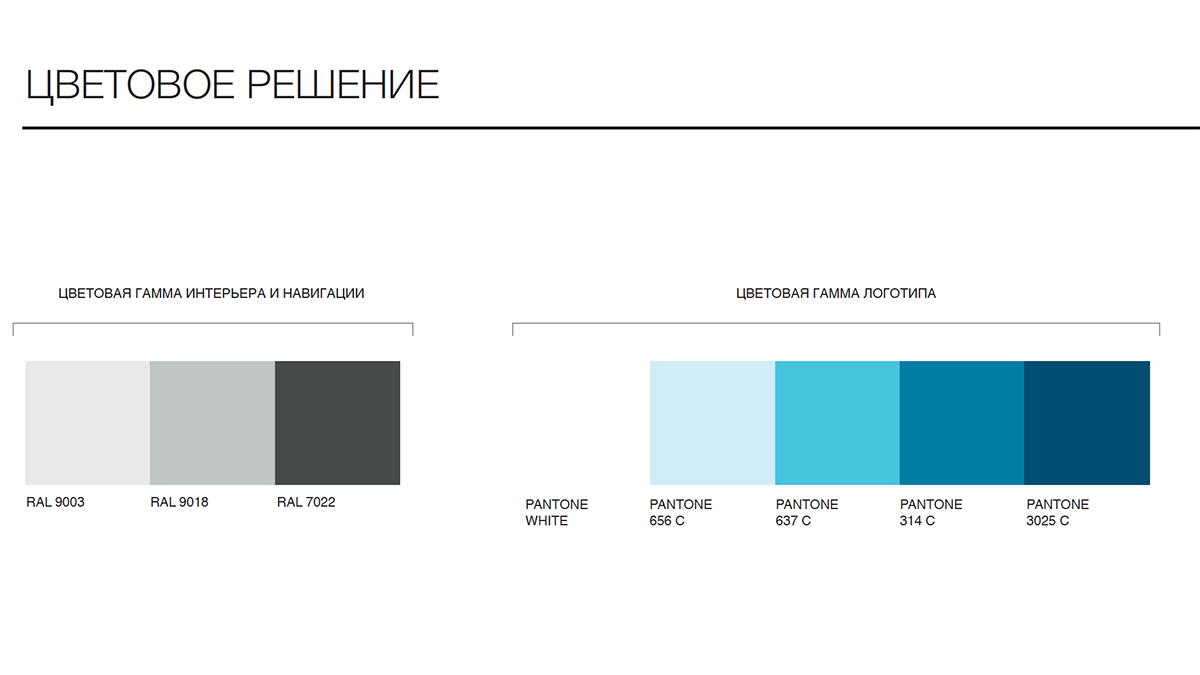
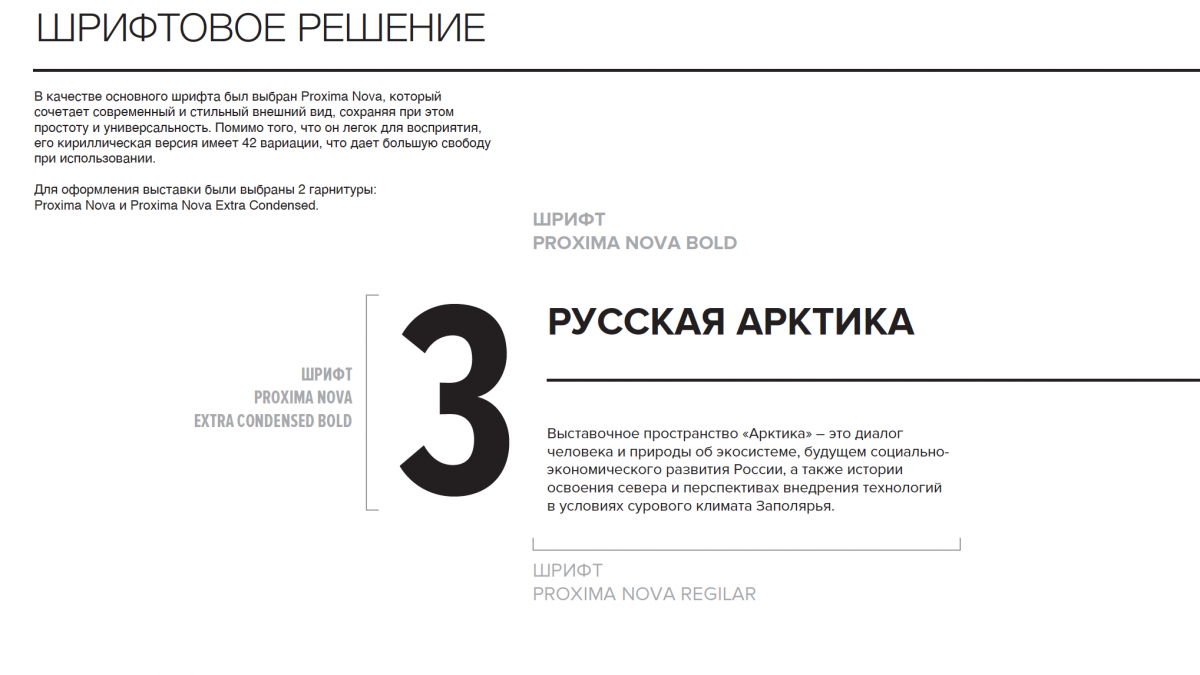
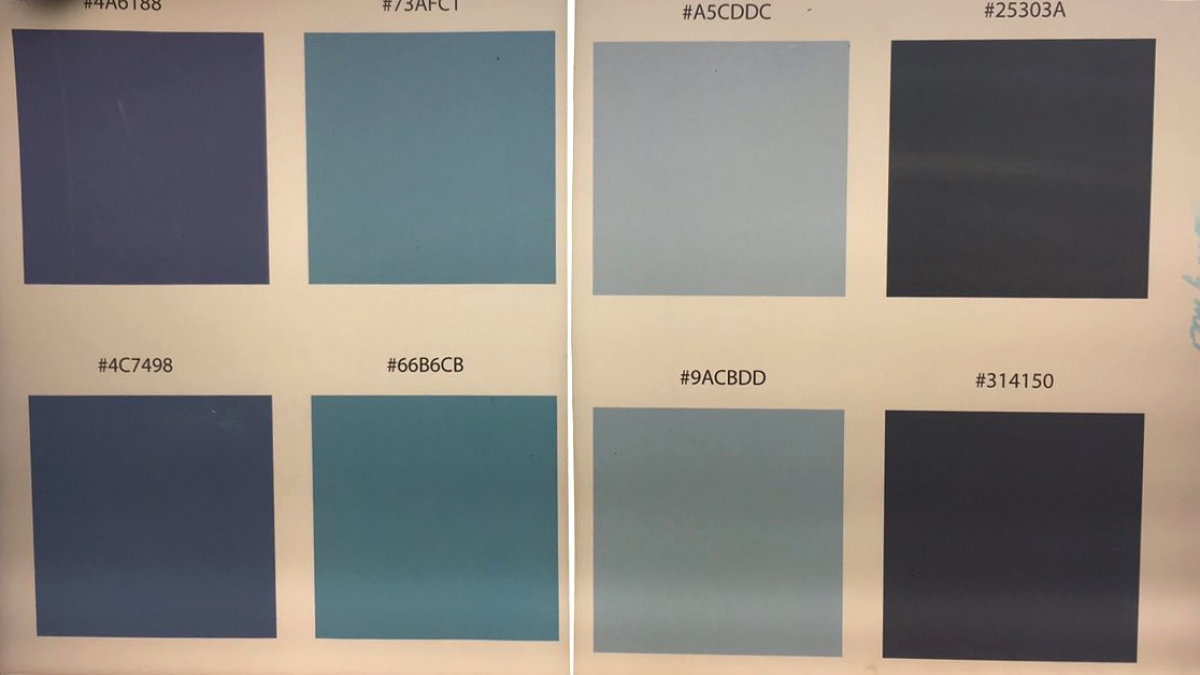
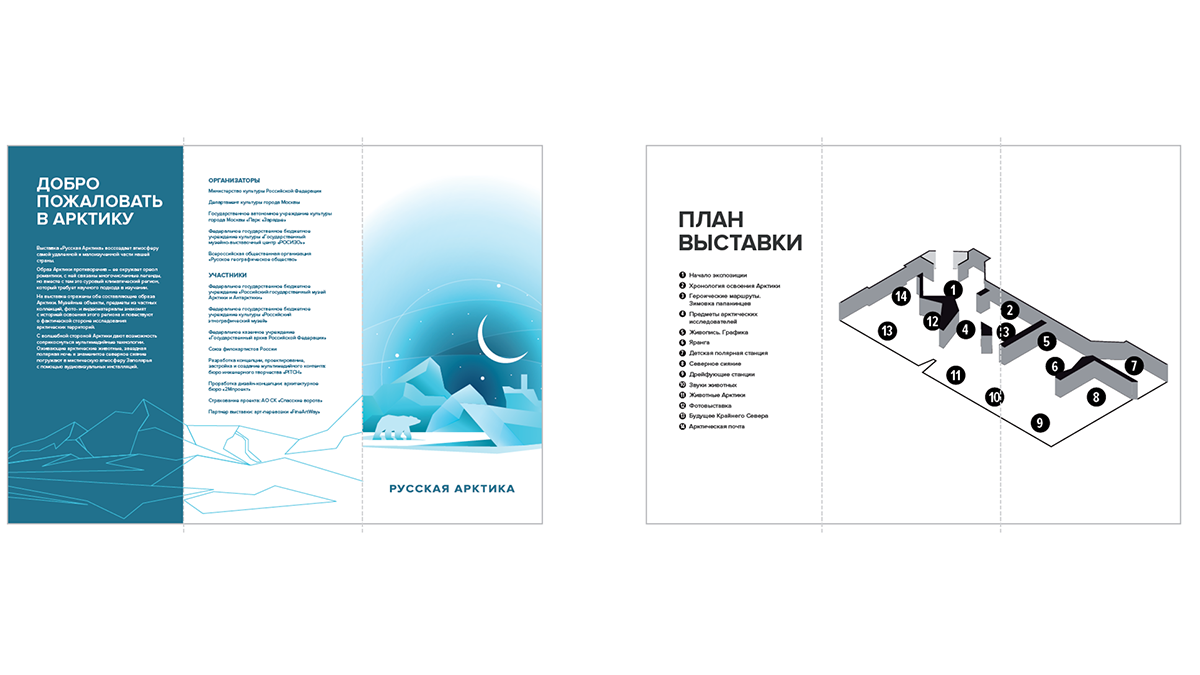
Our designers developed a unique graphic style of the exposition, including labels and navigation. The color code was primarily based on the shades of color of the Arctic Ocean waters.
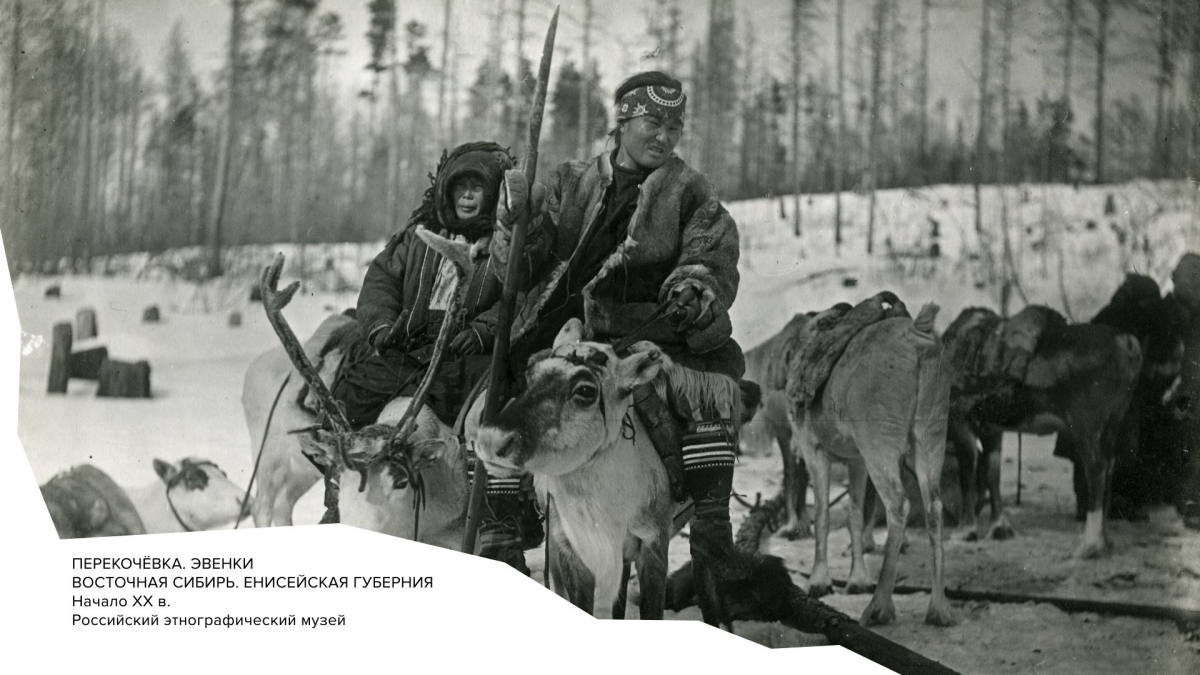
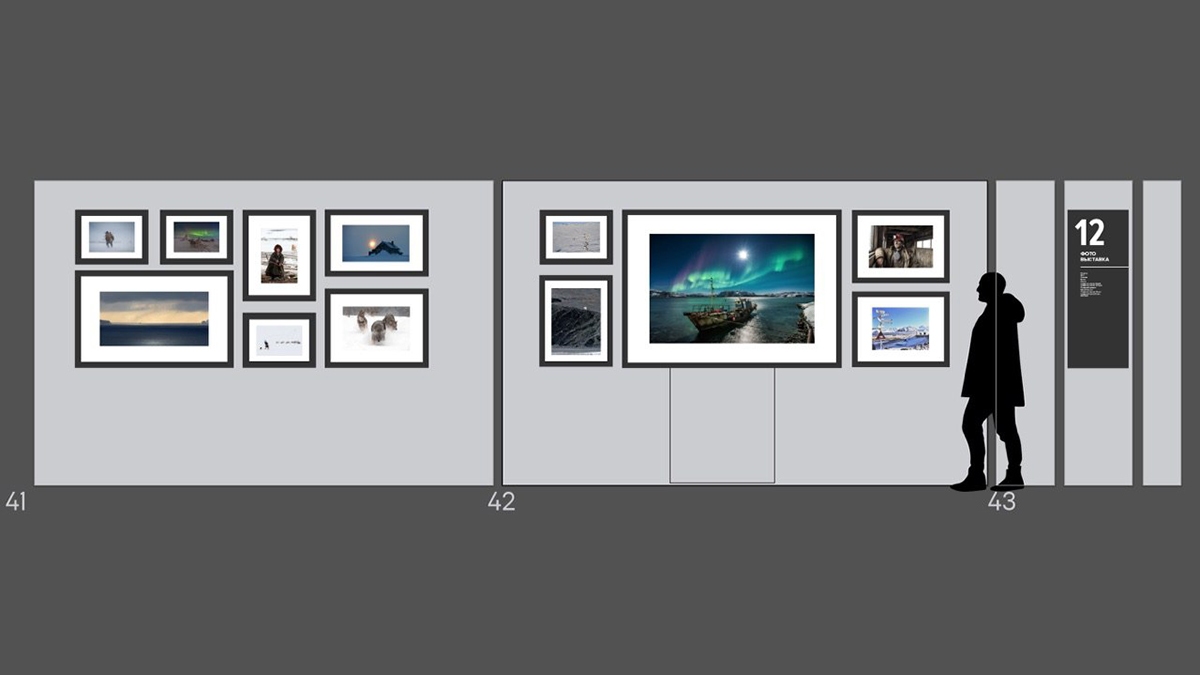
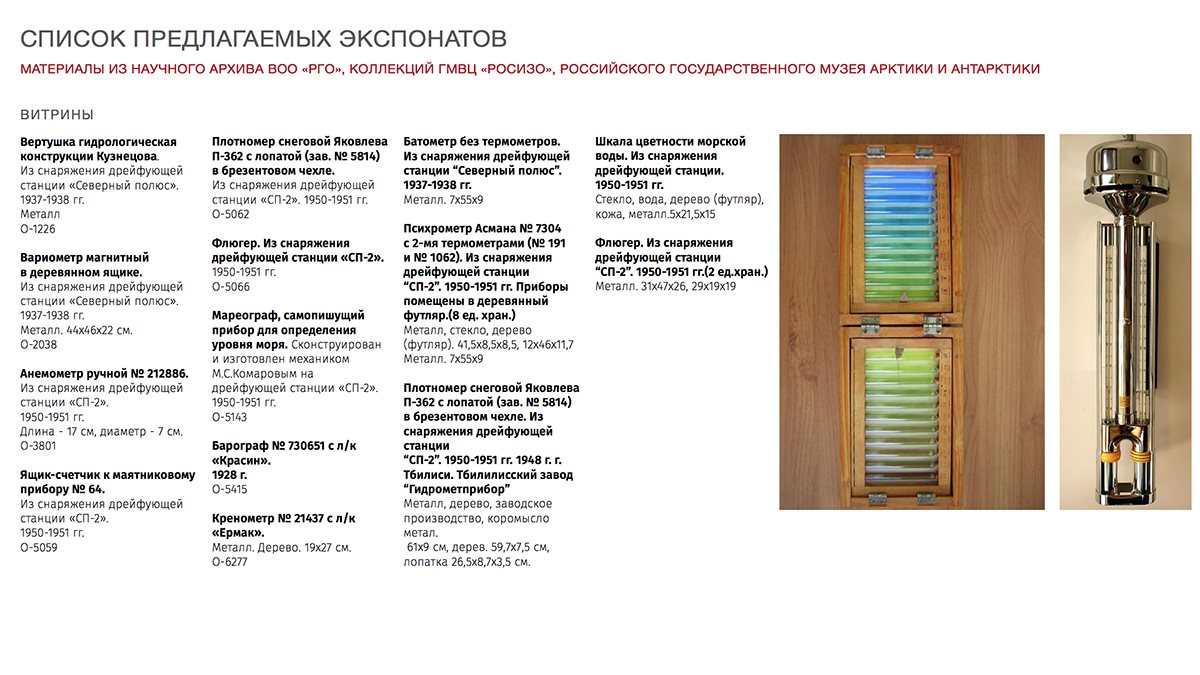
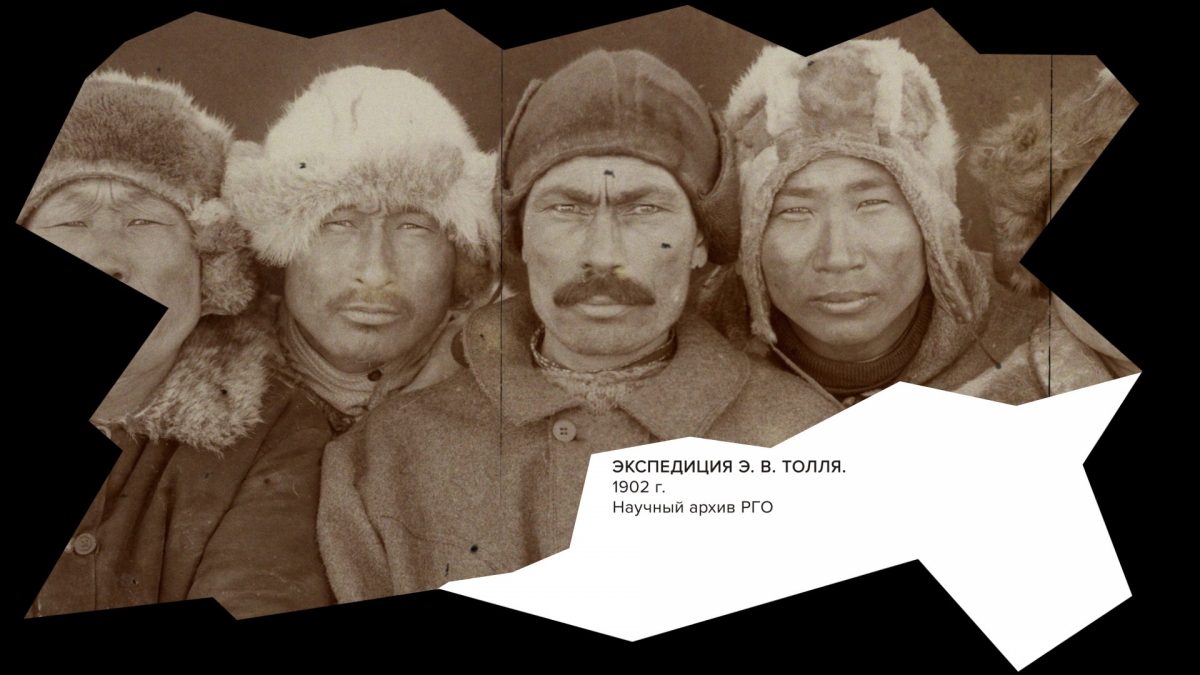
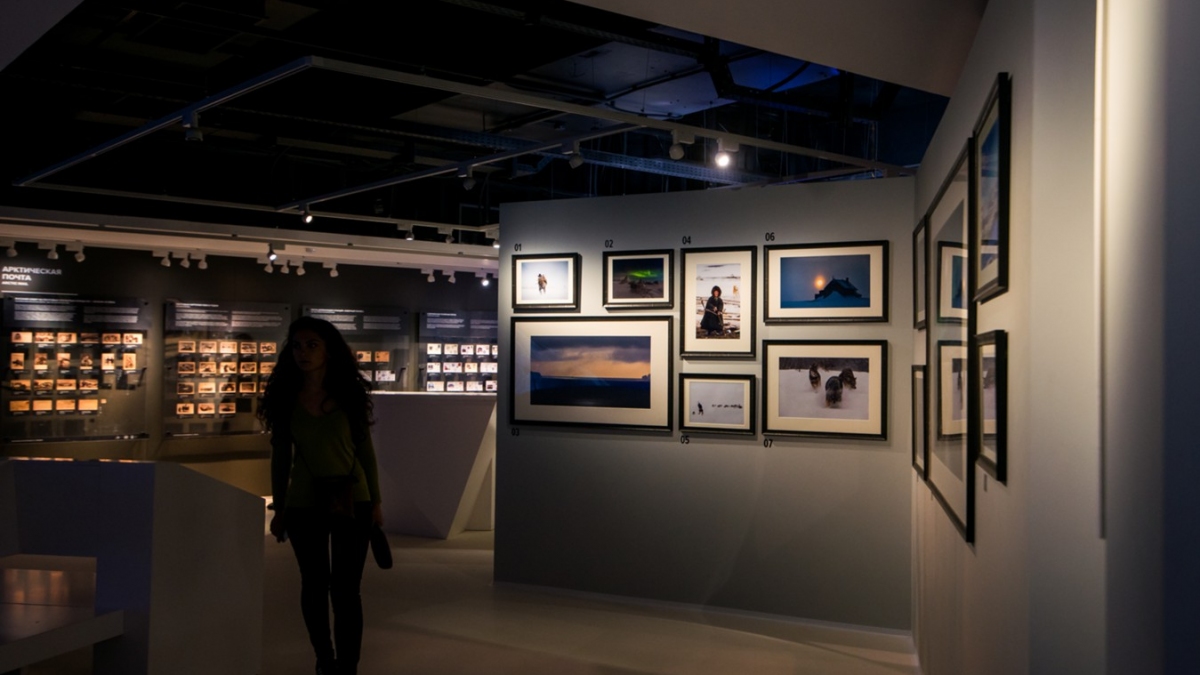
One of the main purposes of our work was to make ‘Russian Arctic’ easily understandable both for children and adults and carefully selected topics and installations keeping in mind space limitations. We had to decide which information and which way of its presentation could have been the best for each targeted group while being accurate and trustworthy. To comply with this task fully, we have invited scientists, polar explorers and other specialists to create a scientific concept of the exhibition — and ended up a month later with a 44 pages handbook. In total we have written few dozens of interactive and content sceneries with storyboards while our colleagues from ROSIZO and RGS have selected the most interesting photo and videos from own, private and state archives, the rarest exhibits from museums, such as paintings and drawings of famous polar explorers. Russian State Museum of Arctic and Antarctic supported us at all the stages of work. Our colleagues from RGS has given us an unique opportunity to visit their special base of high altitude research expeditions in Moscow region, where we have found some authentic arctic expedition equipment and met up with seasoned explorers.
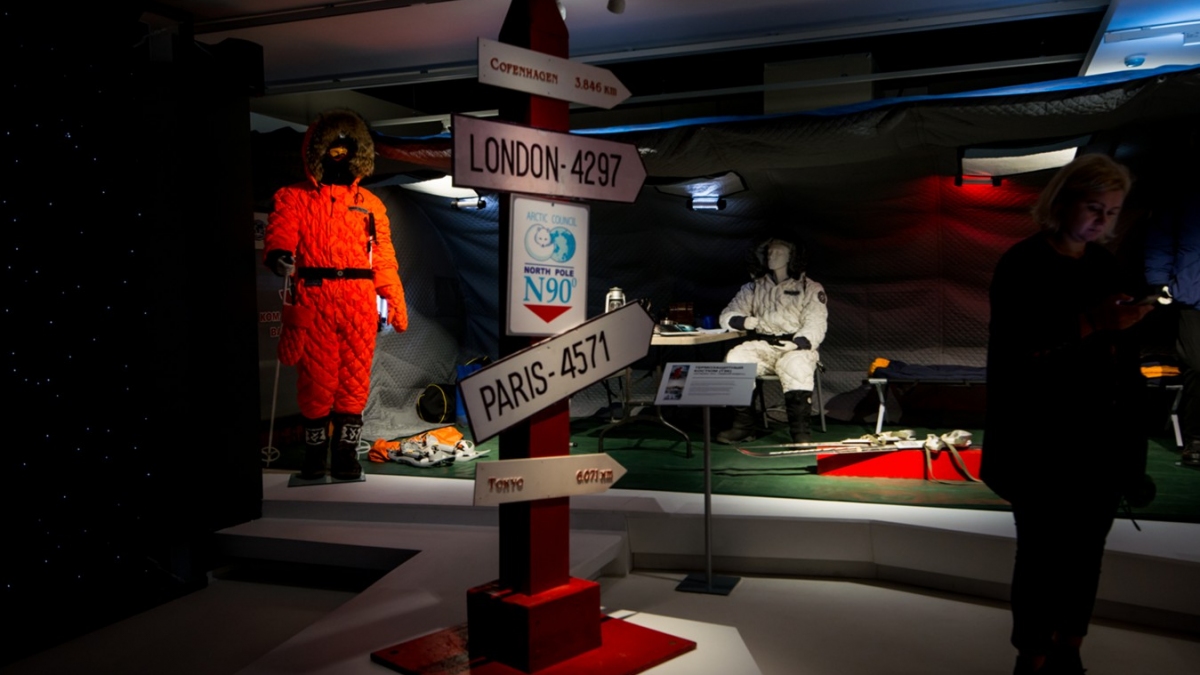
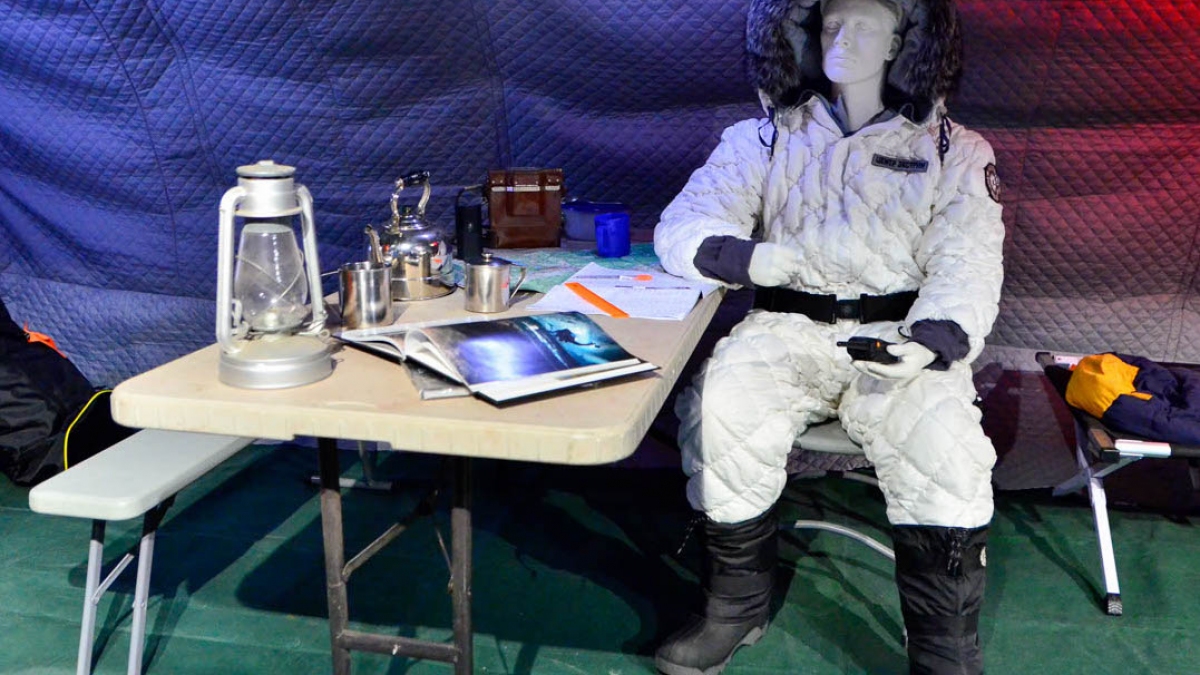
For example, modern expedition tent and authentic equipment of polar scientists were used in the exhibition. Inside this tent we have placed a life scene with mannequins dressed in hi-tech outfits.
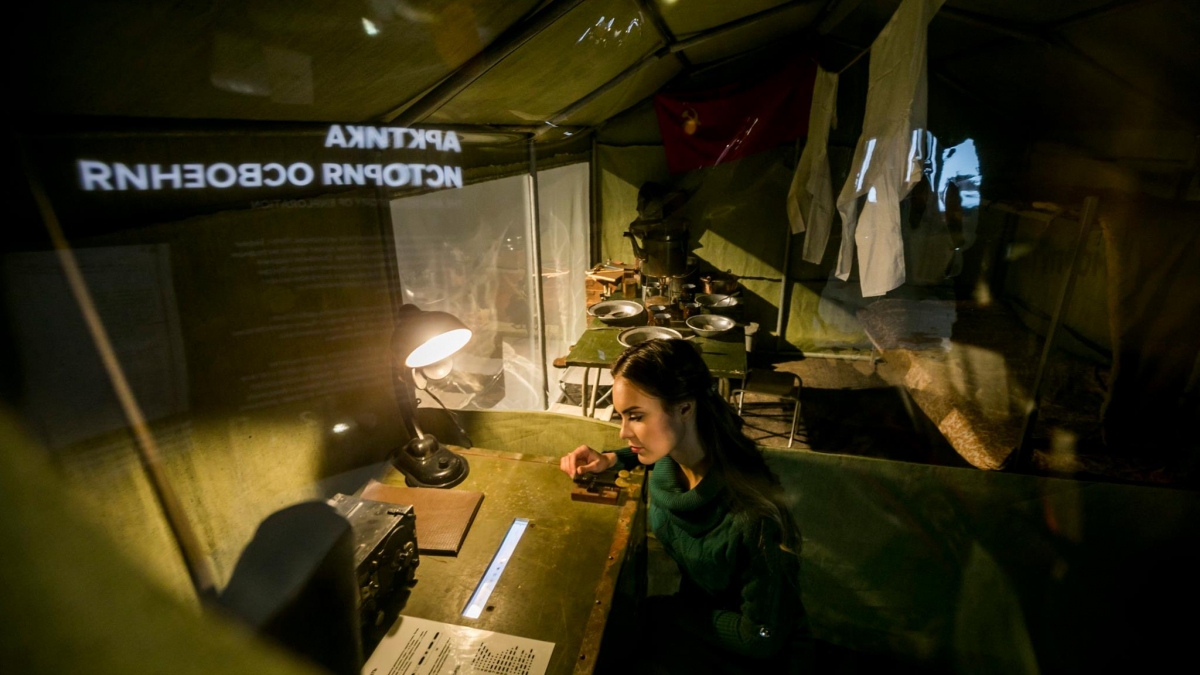
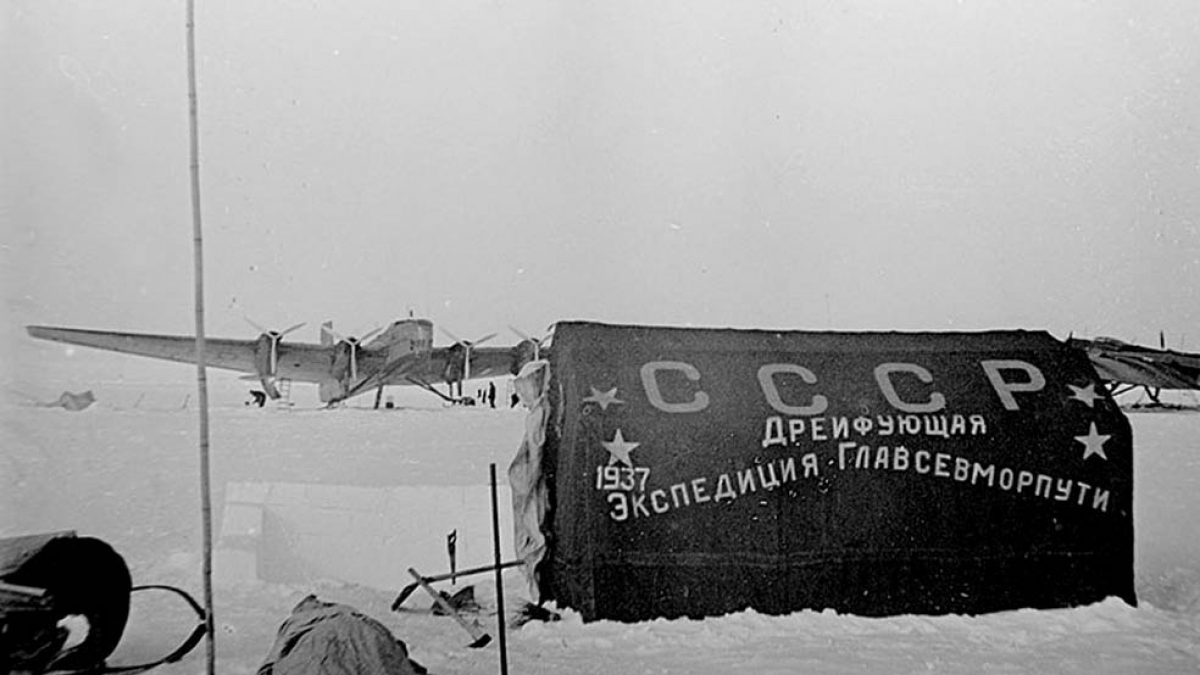
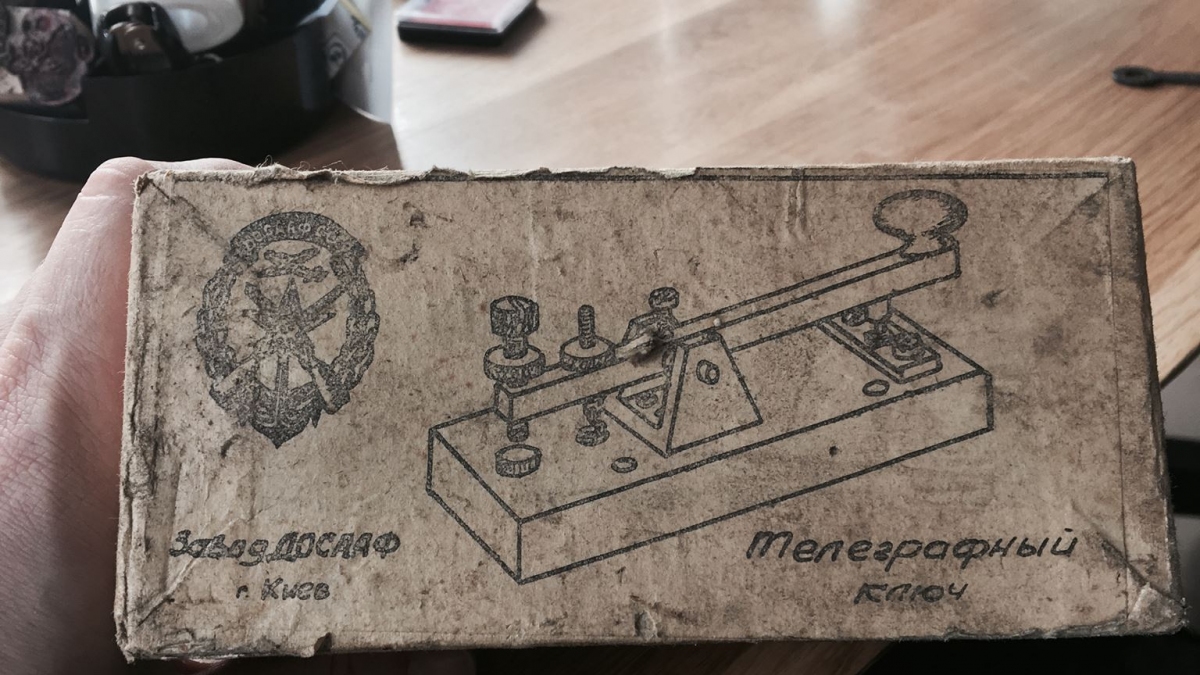
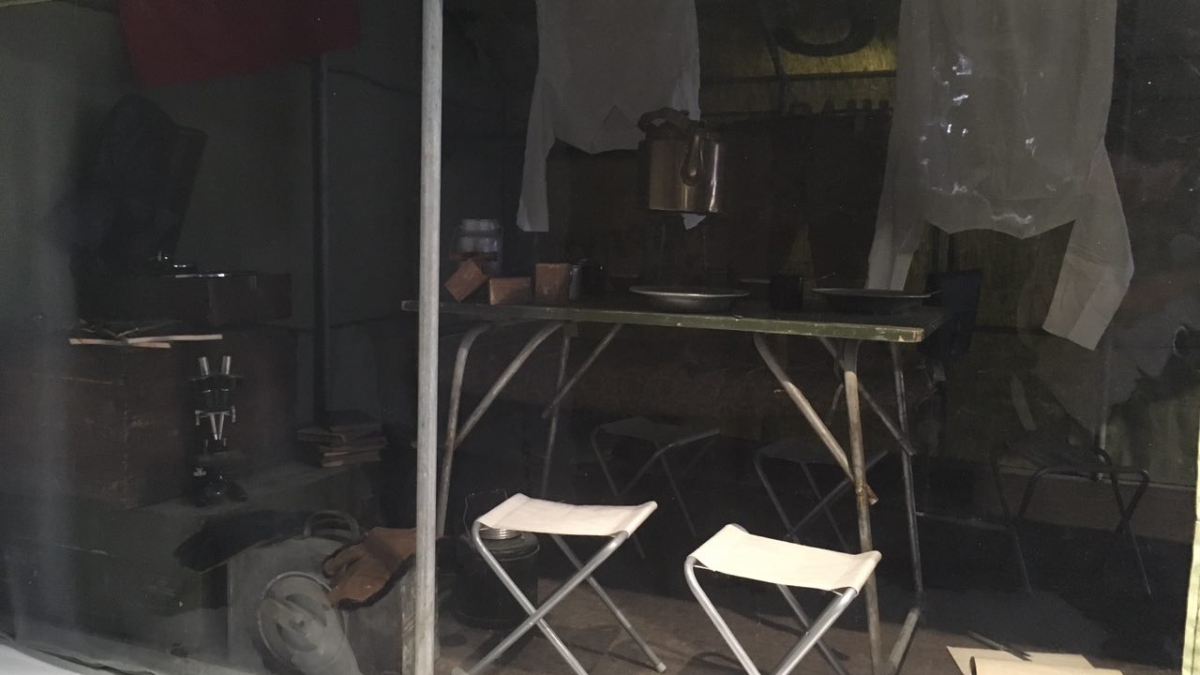
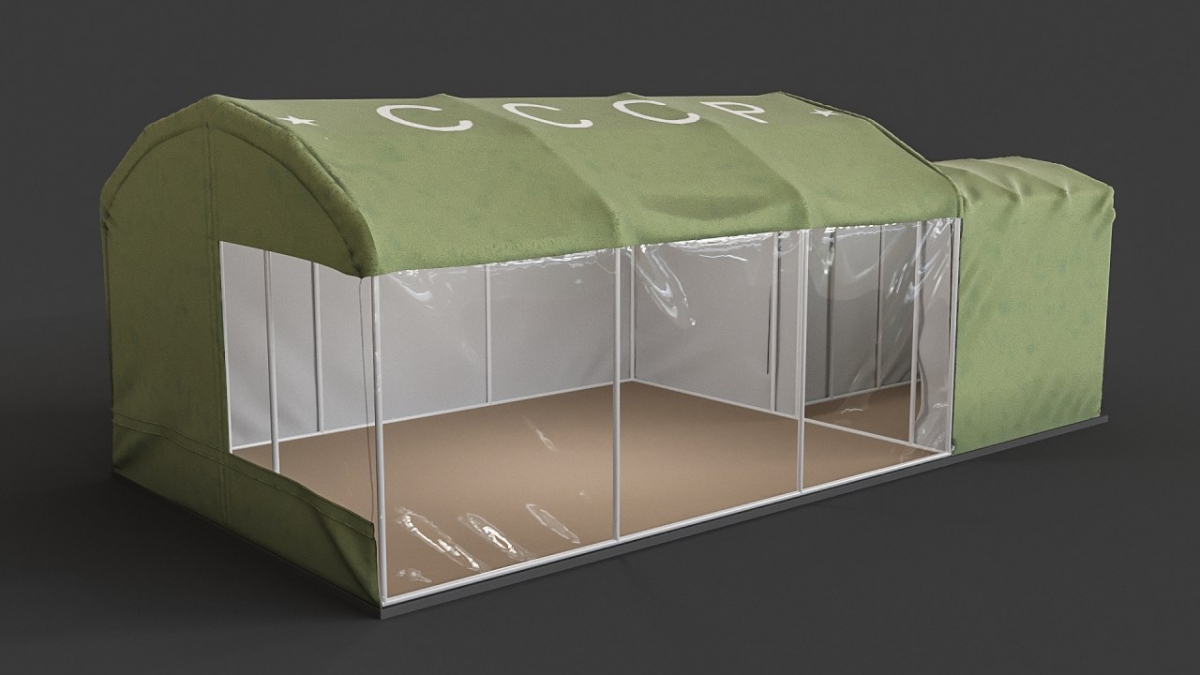
Sometimes as we could not find authentic objects, we had to make replicas. For the installation ‘Tent of Papanin Team’ we have reconstructed the original tent of the famous first in the world drifting ice polar expedition itself and other equipment of soviet polar research pioneers. For trying to be as authentic as possible, we have looked through flea markets and antiquities web sites for the wide objects range that scientists were using according to the written records and photo documentation of the period. For instance, in the Russian city of Vladimir, we have found and bought an original telegraph key from 1930th. We placed it within interactive installation ‘Radioman workstation’, where visitors could try to learn and practice their skills in Morse code. The old army radio stations of that era were also purchased, which our engineers reworked in such a way that when turning the handles and pressing the buttons on the hull, visitors could tune in and listen to the archival records from 1930s of the communications of the ships of the Arctic convoys. Above the tent was hung an exact model of the first Soviet ice exploration hydroplane, which took part in the of the Papanin’s expedition.
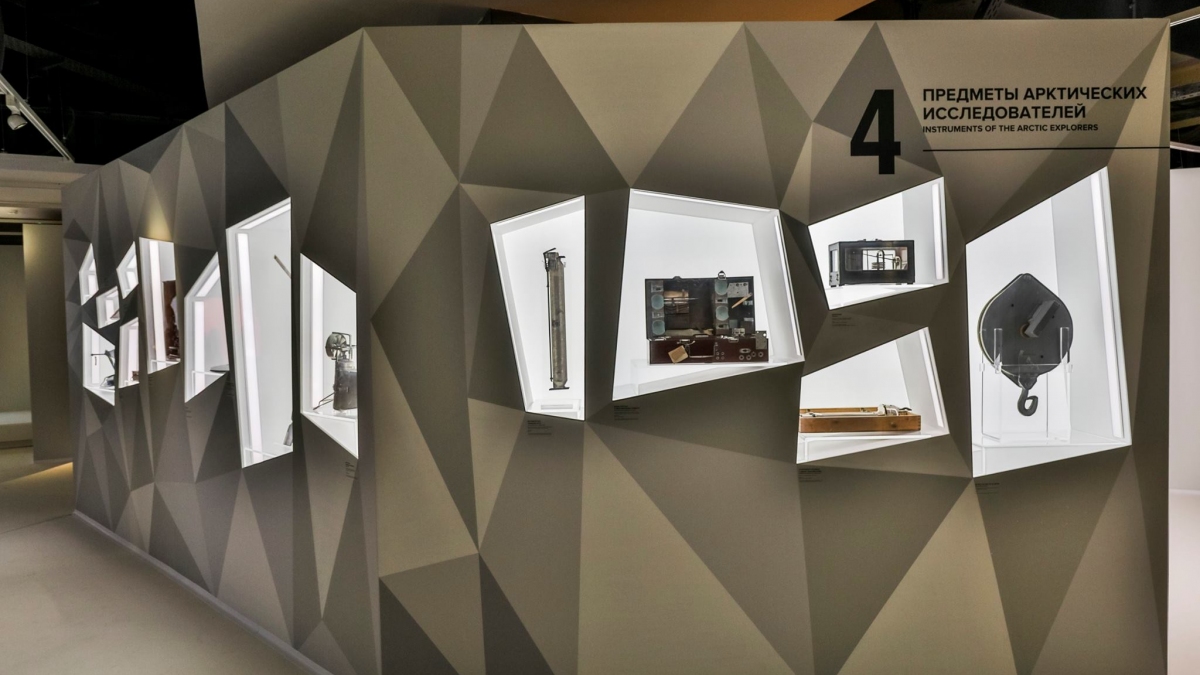
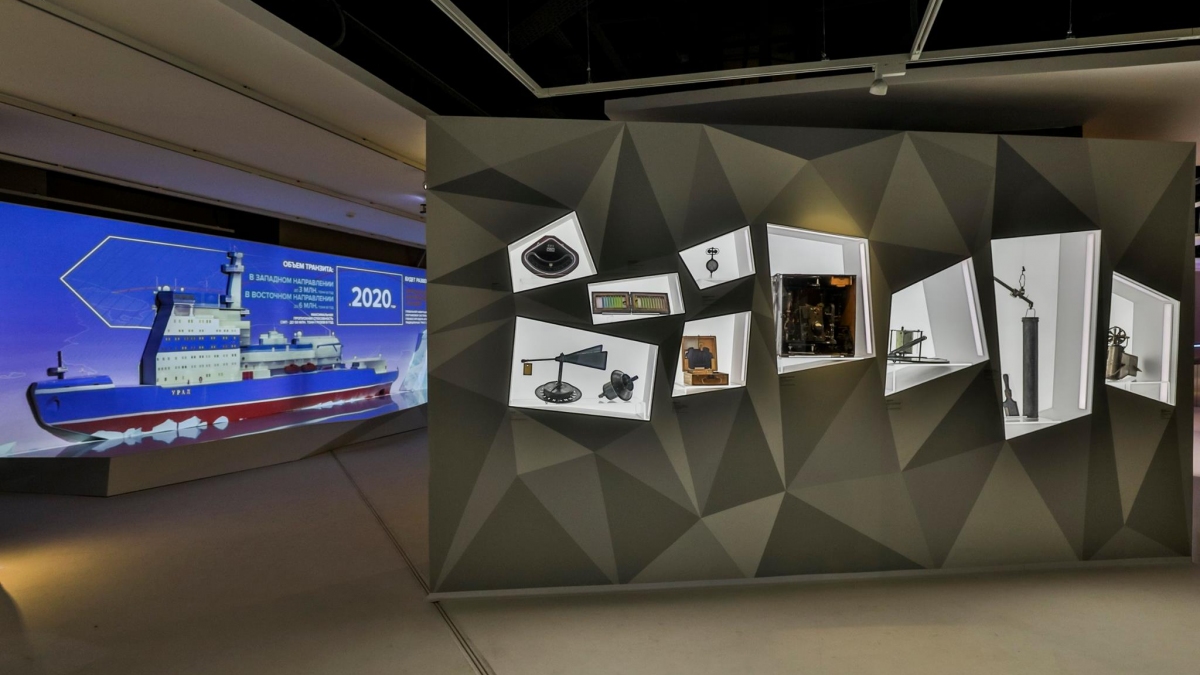
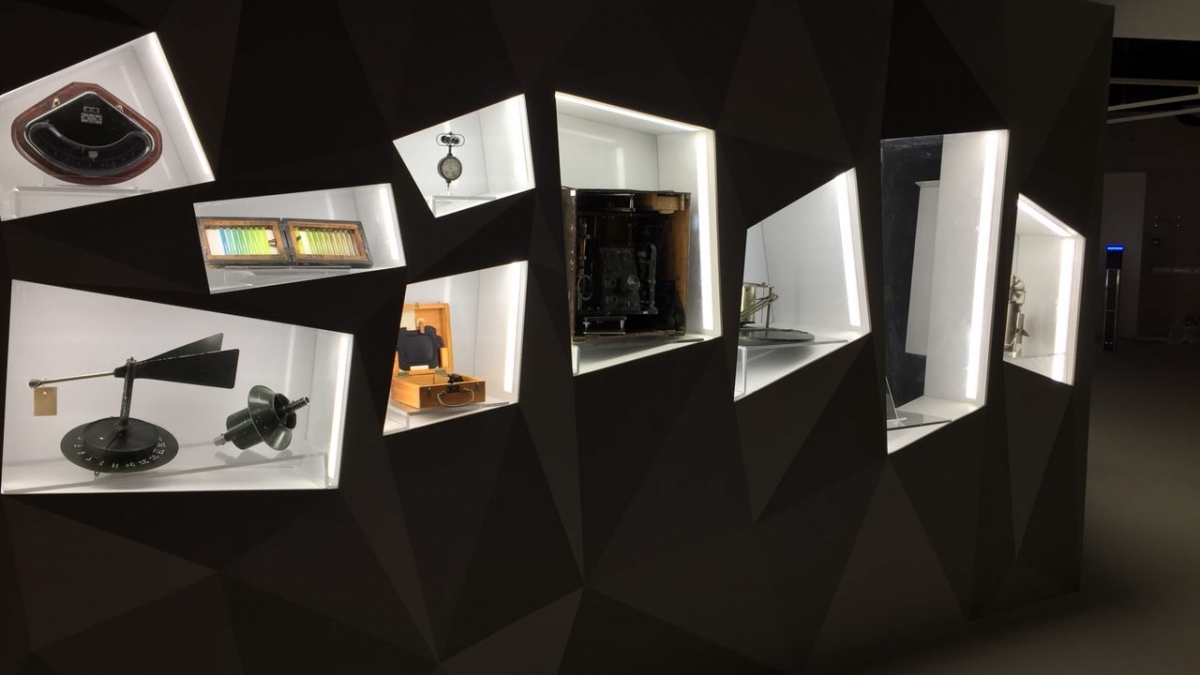
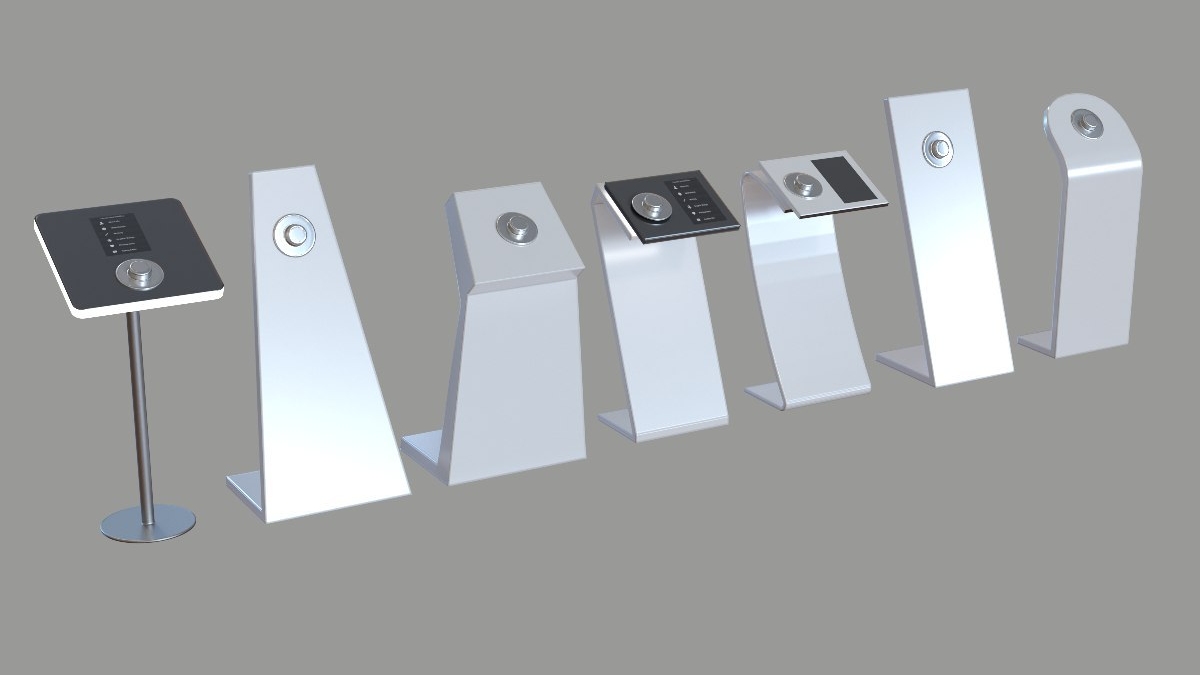
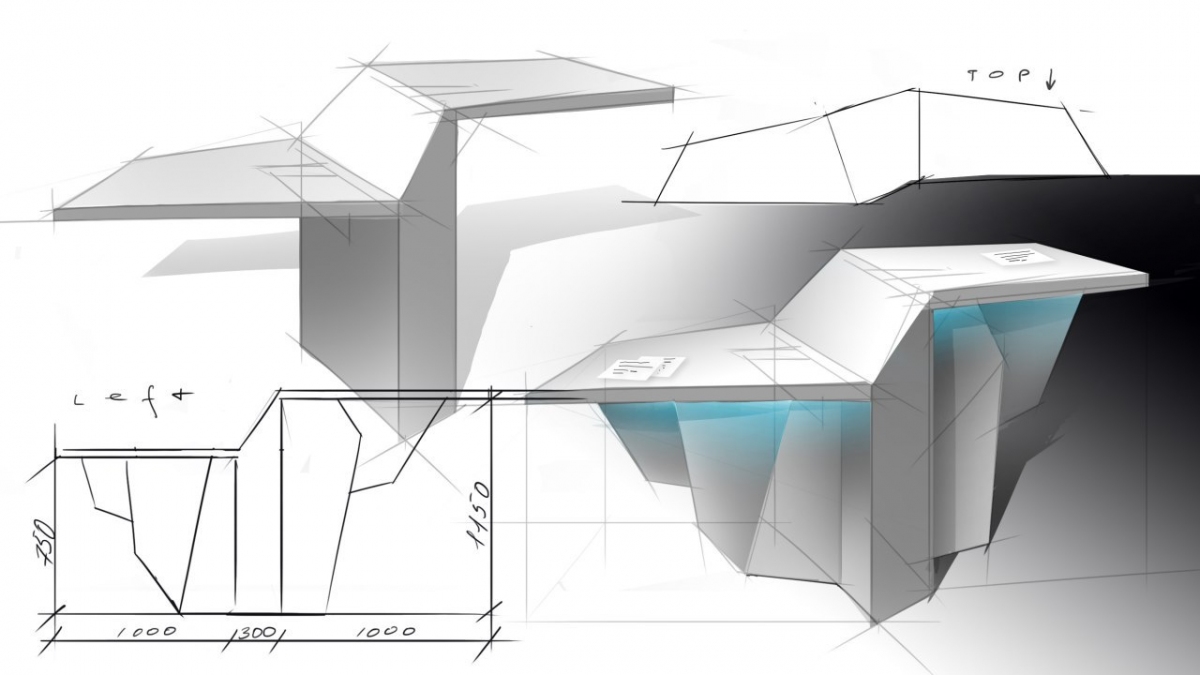
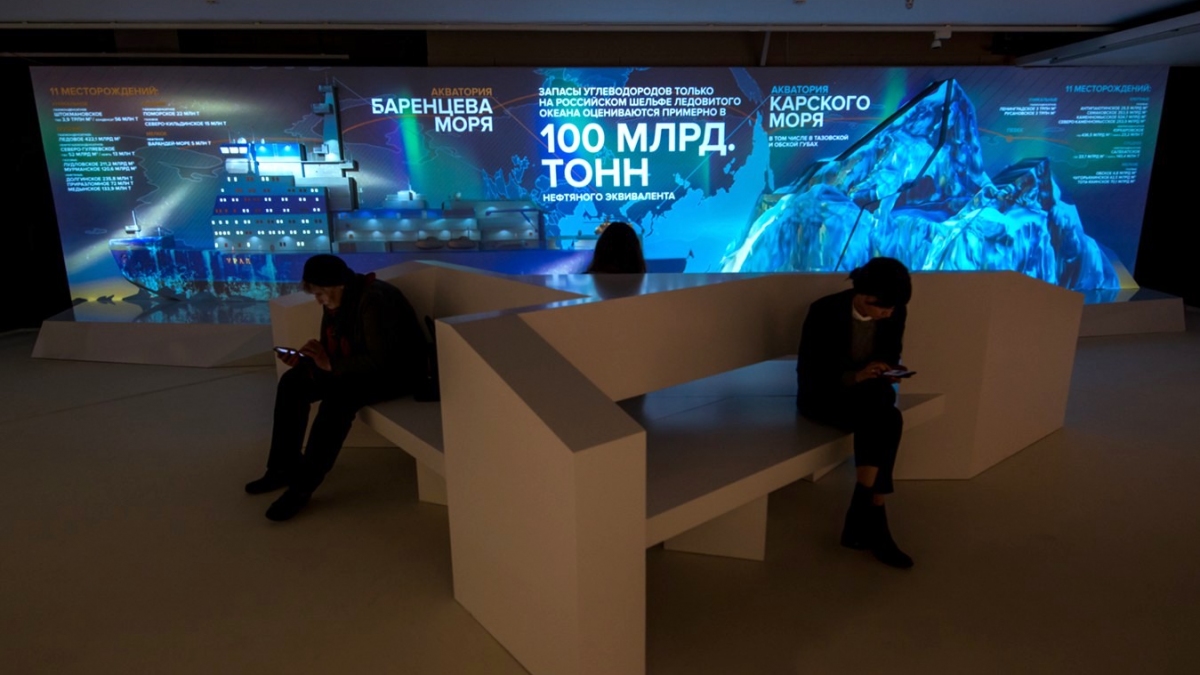
We have stylized all elements of the exhibition (glass cases, benches, tables, easels etc.) as icebergs and ice hummocks. Our studio developed design of these elements in which were placed real exhibits. During their journey through the exposition, visitors could see unique objects, such as research equipment from the first half of the XX century. Some of the walls and surfaces we used for projections of rare archive photo and films of polar expeditions in 1920-1930s.. A unique design of the control stands for interactive installations was also developed.
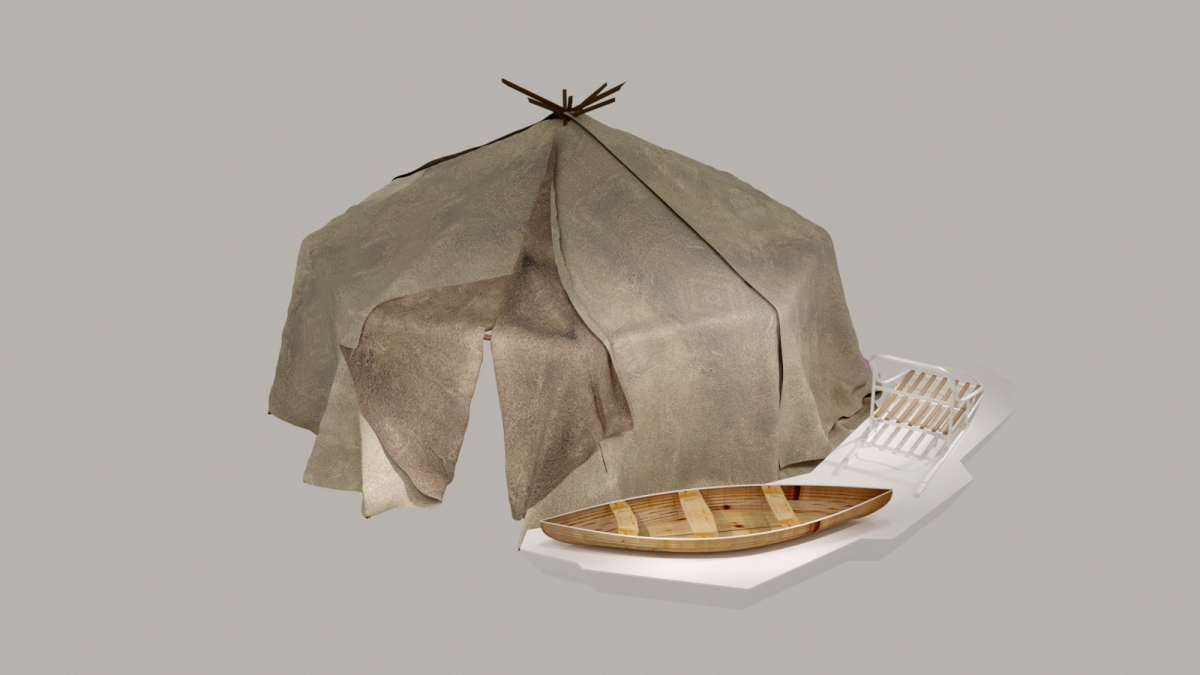
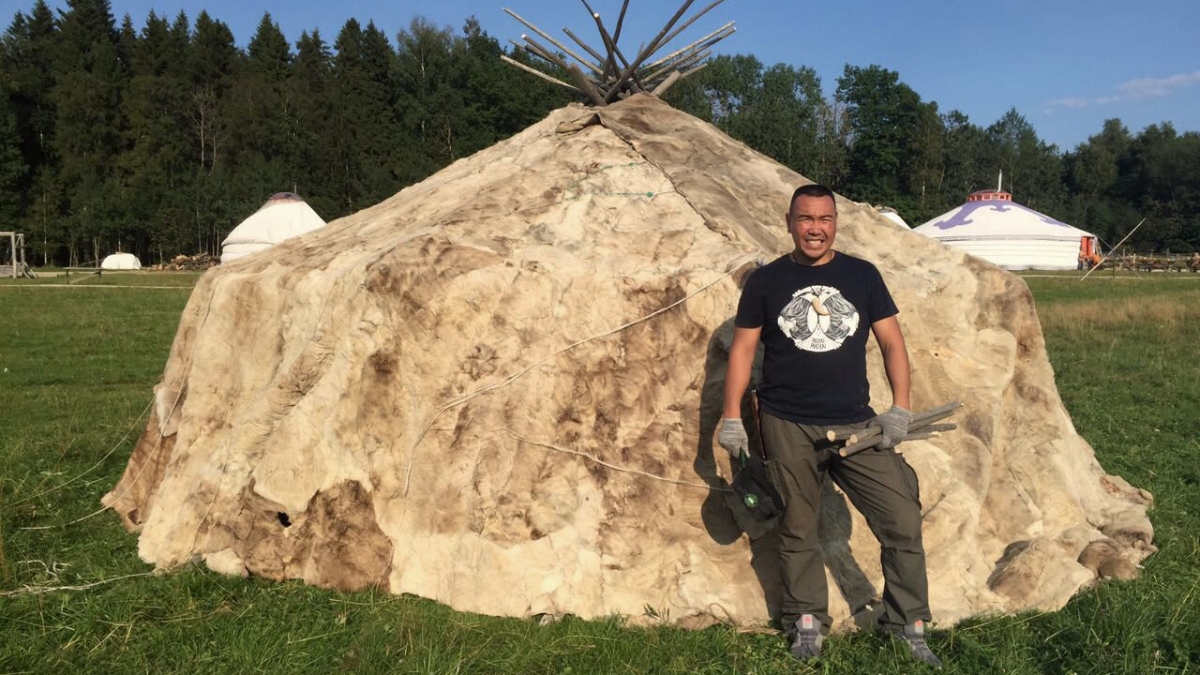
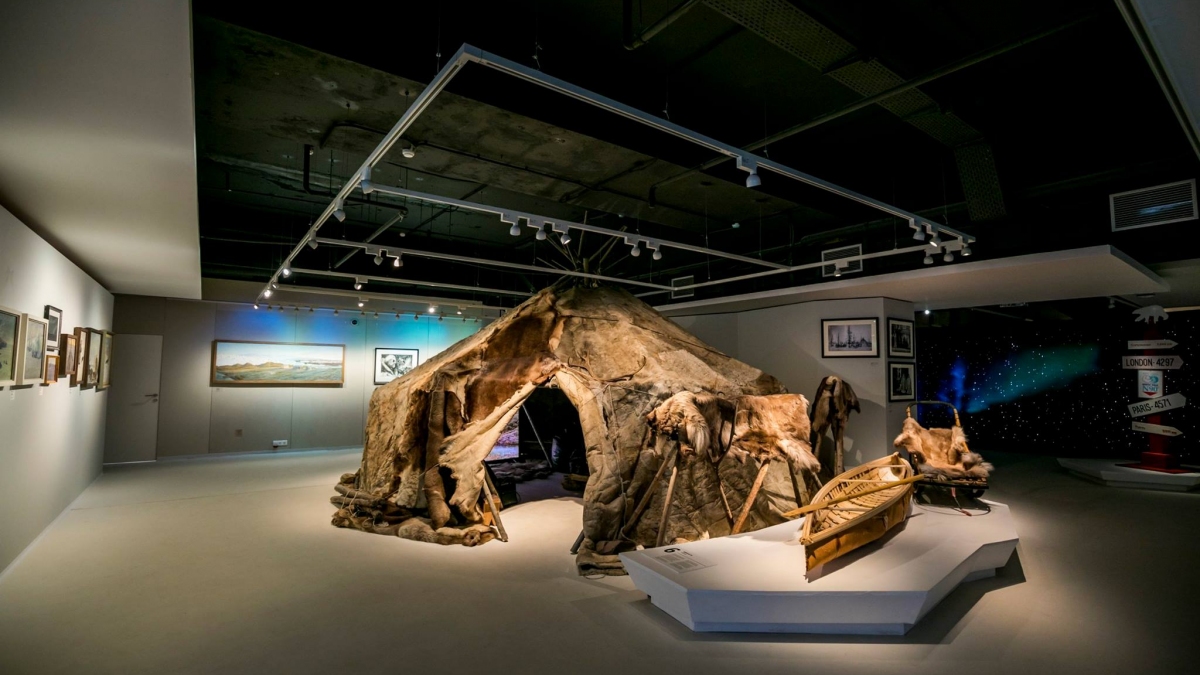
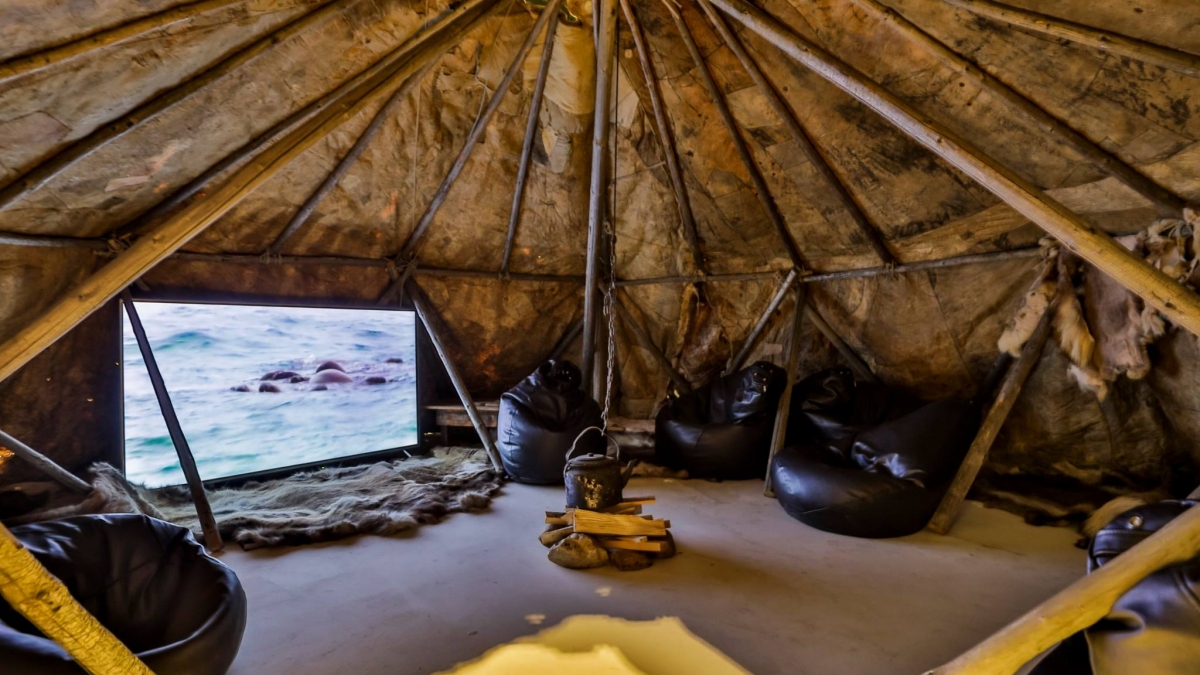
In the zone dedicated to lifestyle of nomadic Northern peoples of Russia, we placed exact replica of yaranga and replicas of dog sled and canoe. These objects were made by artisans from polar region. For example, yaranga was made of real deer hides, some of which were over than 100 years old. Inside yaranga visitors could have seen some documentaries about life of polar area inhabitants and modern arctic region research, focusing on ecology and conscious nature treating. Outside we have hanged real paintings and drawings of Arctic scientists and artists from XIX-XX centuries.
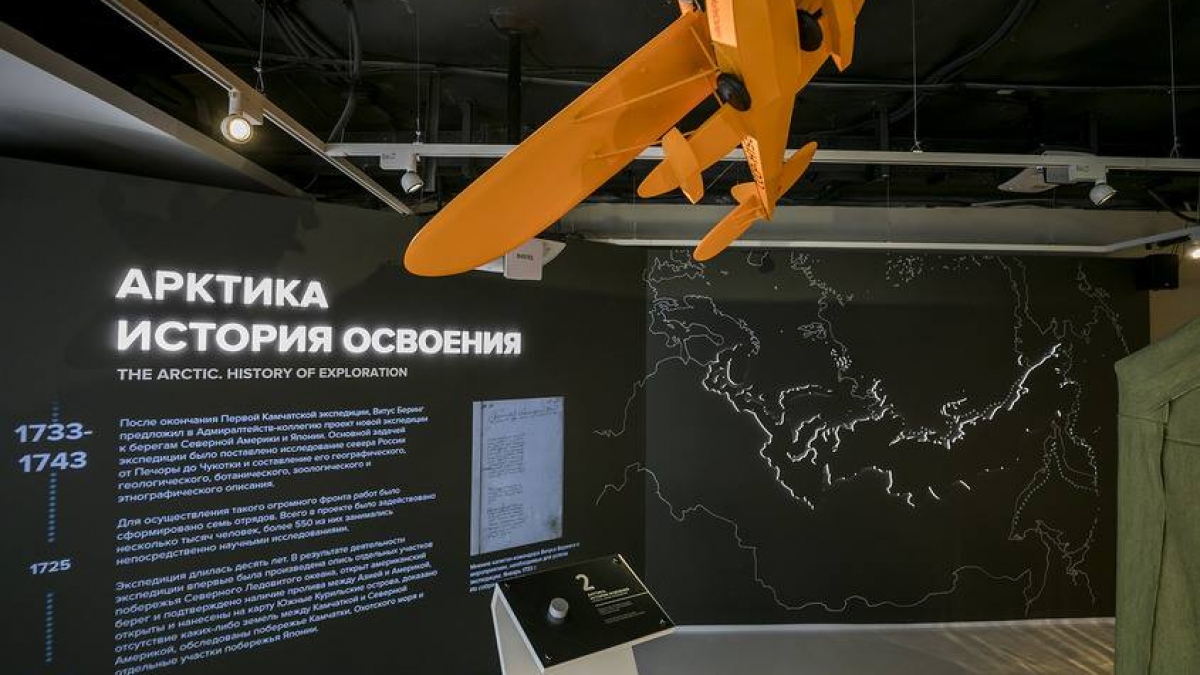
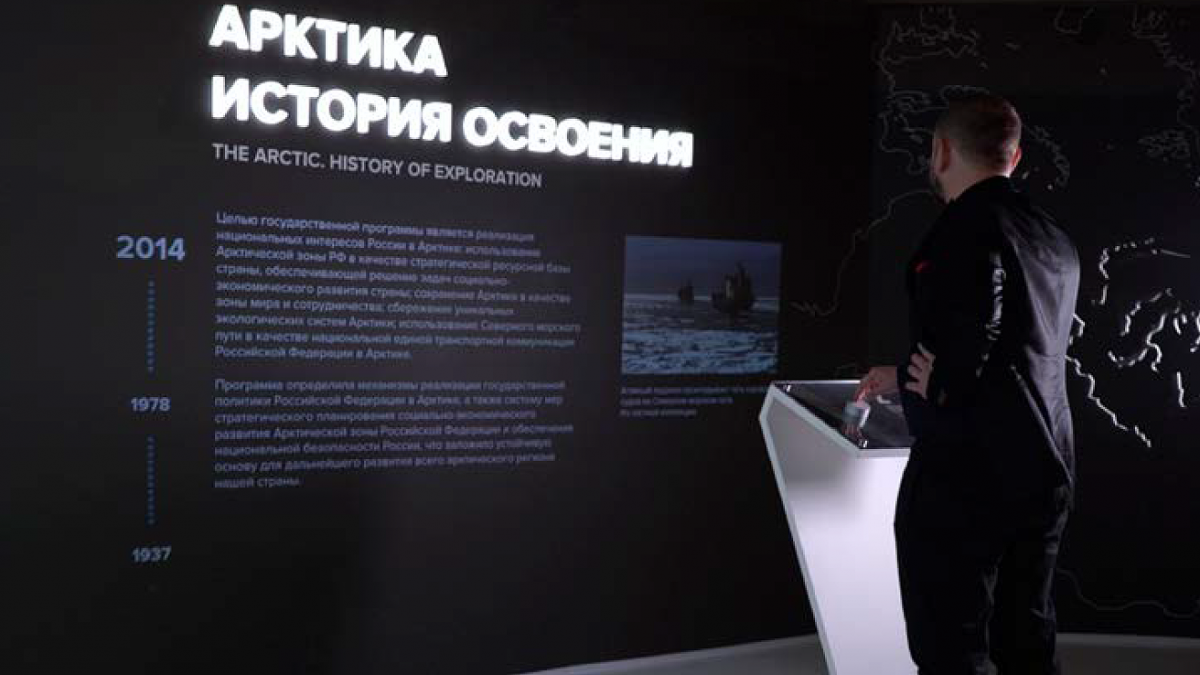
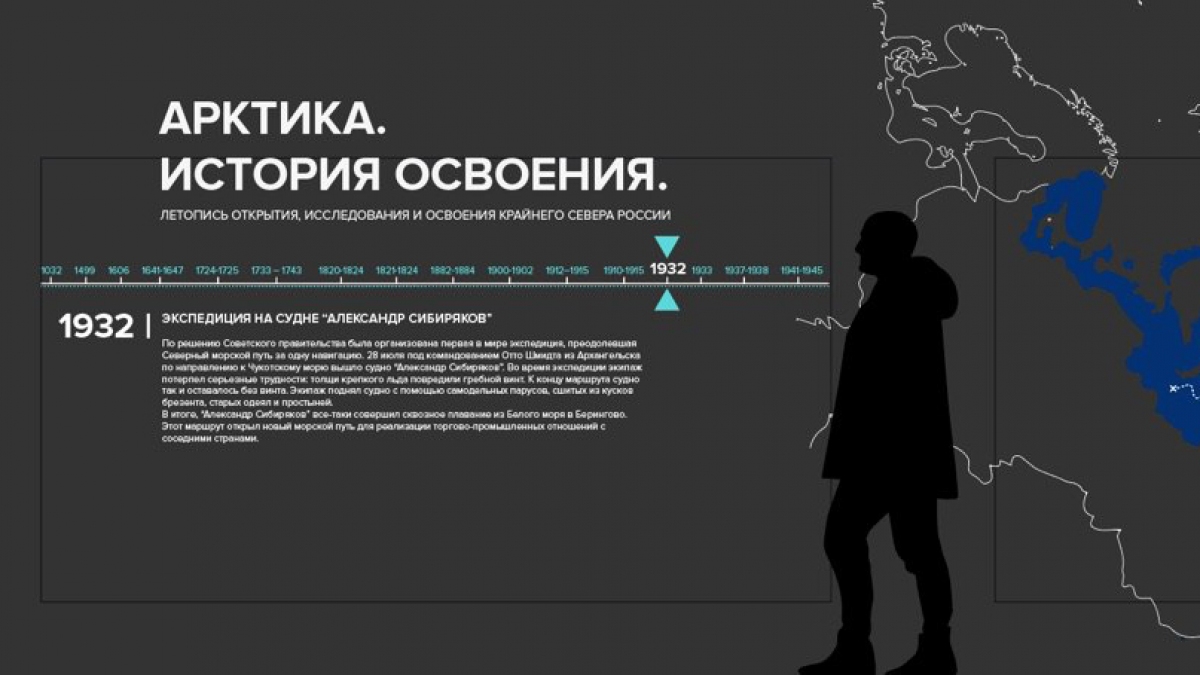
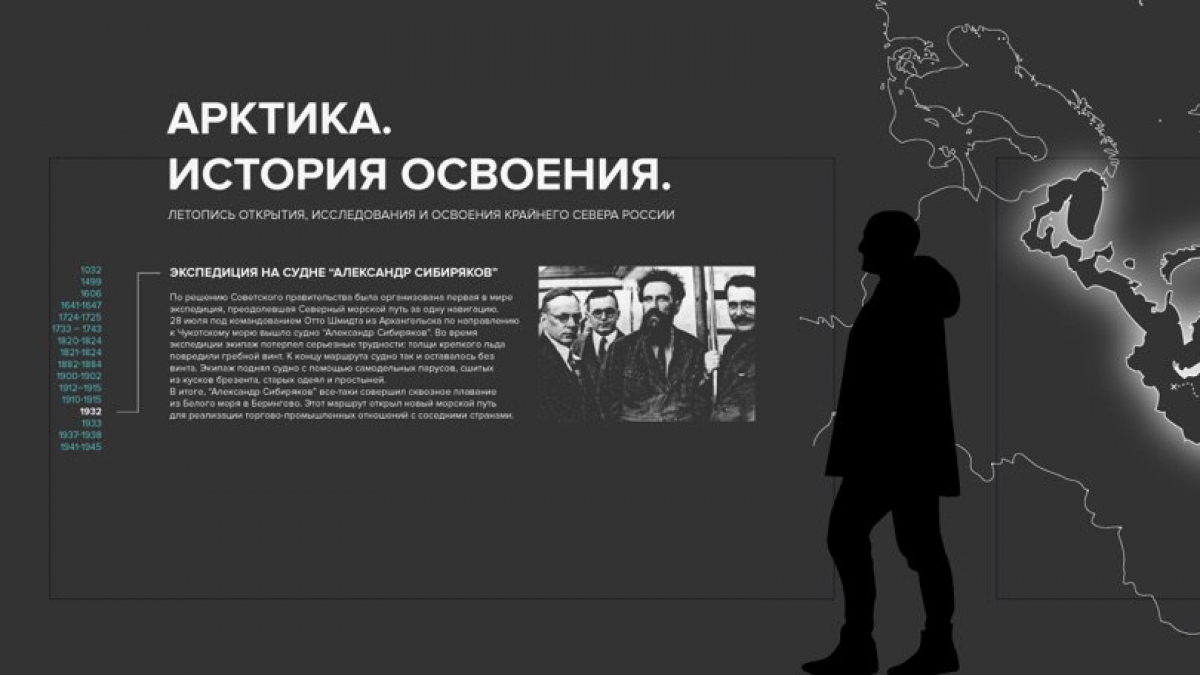
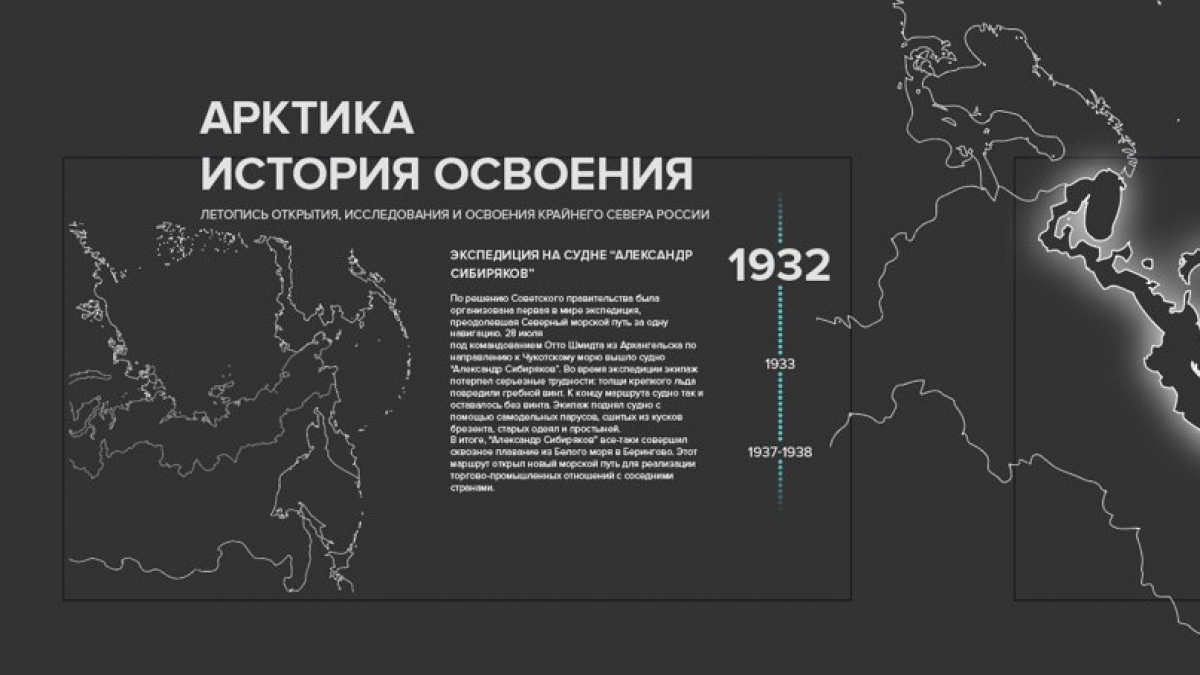
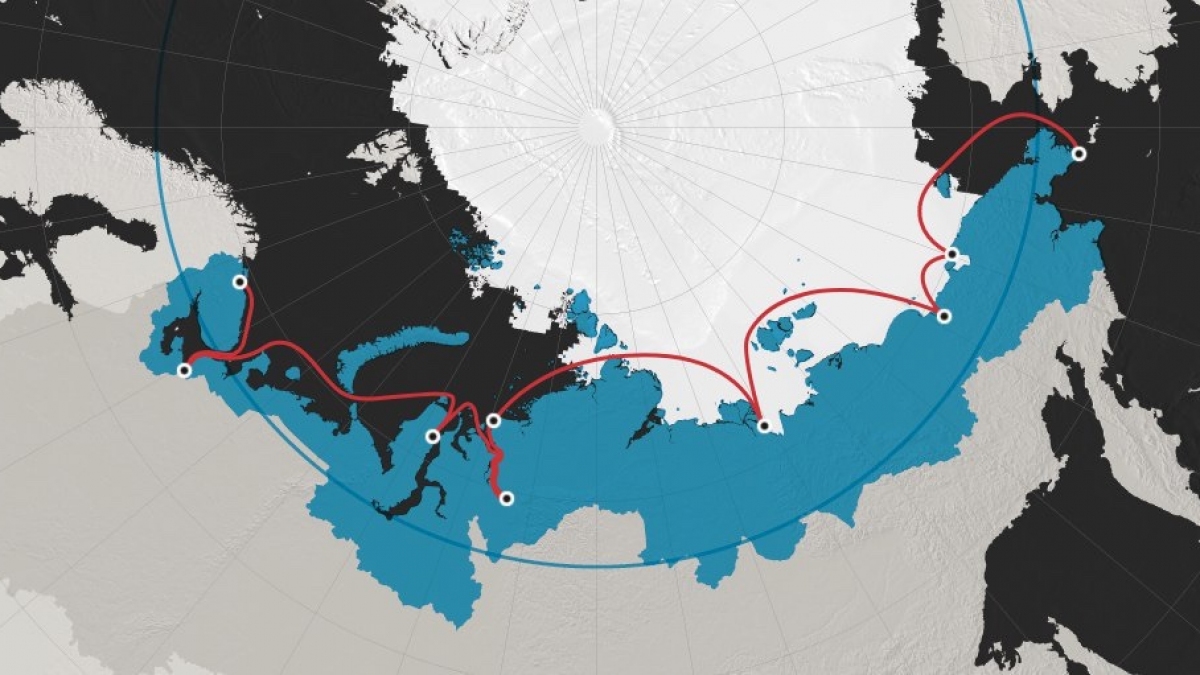
An interactive projection installation named ‘A Story of the Arctic Conquest’ displayed key dates from ancient of the exploration of Russian polar region. A visitor could select a certain period from ancient times to nowadays and see relevant information and illustrations from State Historical Museum and Russian Navy Archive displayed. An integral part of the installation was a light bas-relief on which upon choosing a specific date the related explorer’s route was displayed.
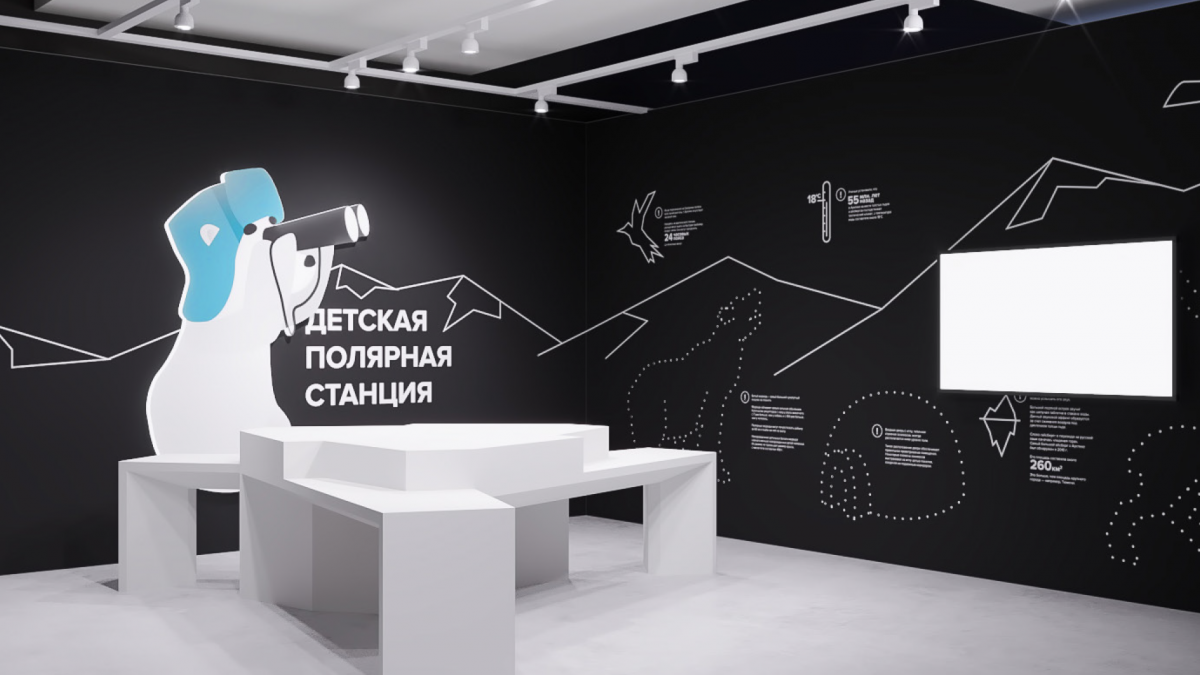
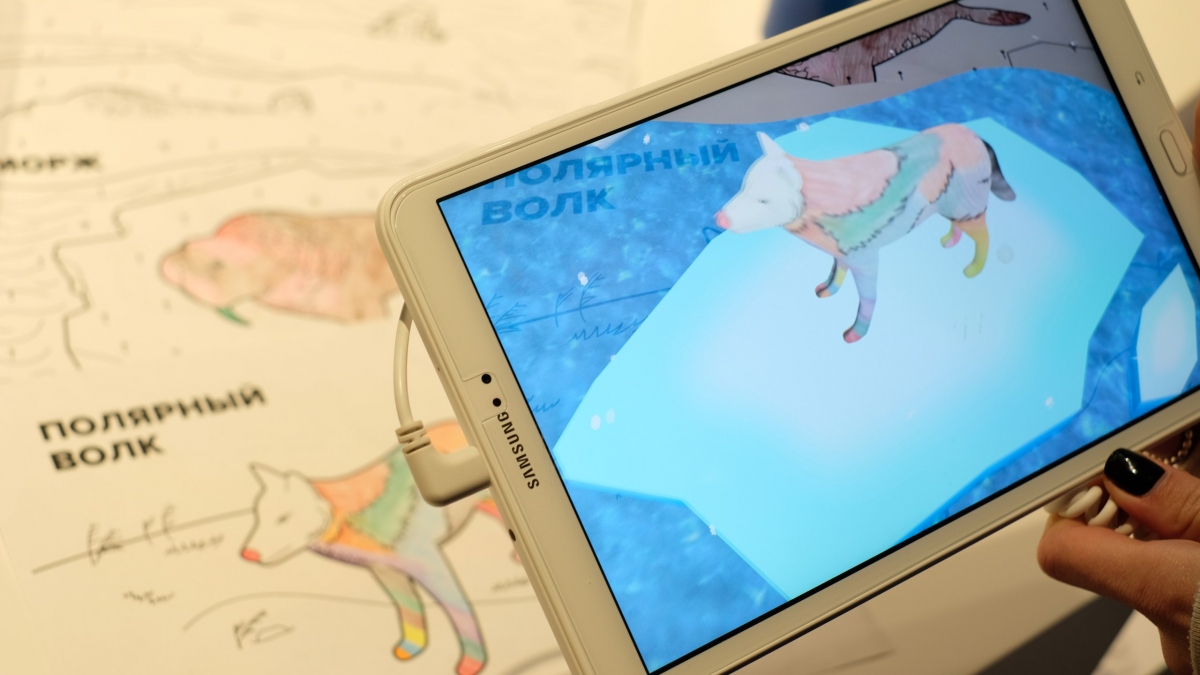
For the little visitors of the exhibition we designed and set aside a dedicated edutainment zone that included a range of activities: from workshops, educational puzzles and thematic Eskimo Lego sets to thematic cartoons and coloring papers with implemented augmented reality (AR) markers. By pointing AR-enabled tablets provided in the area, children could see their colored Arctic animals and related objects come to live and see additional information or listen to the narrative.
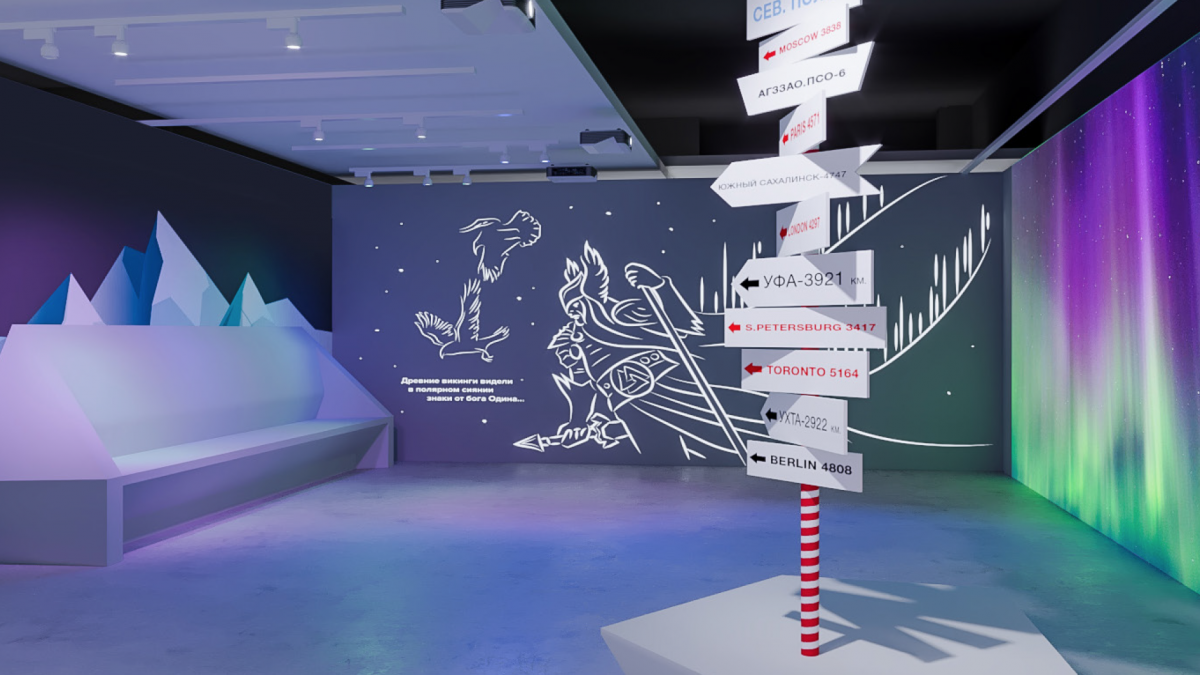
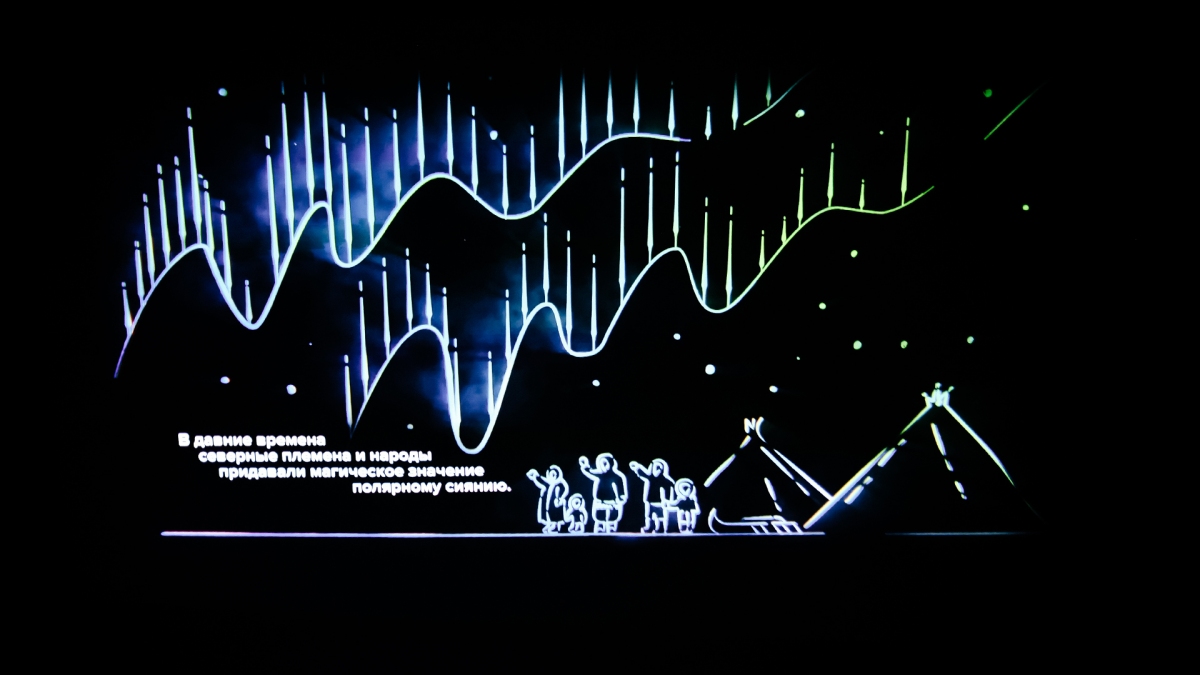
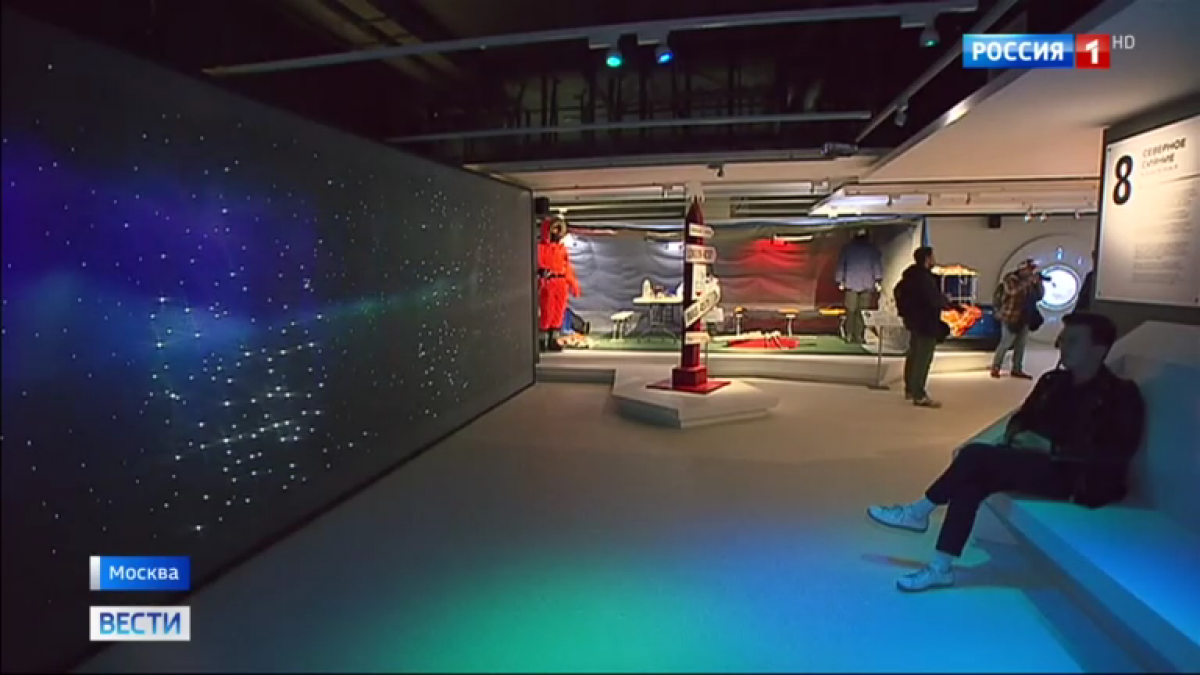
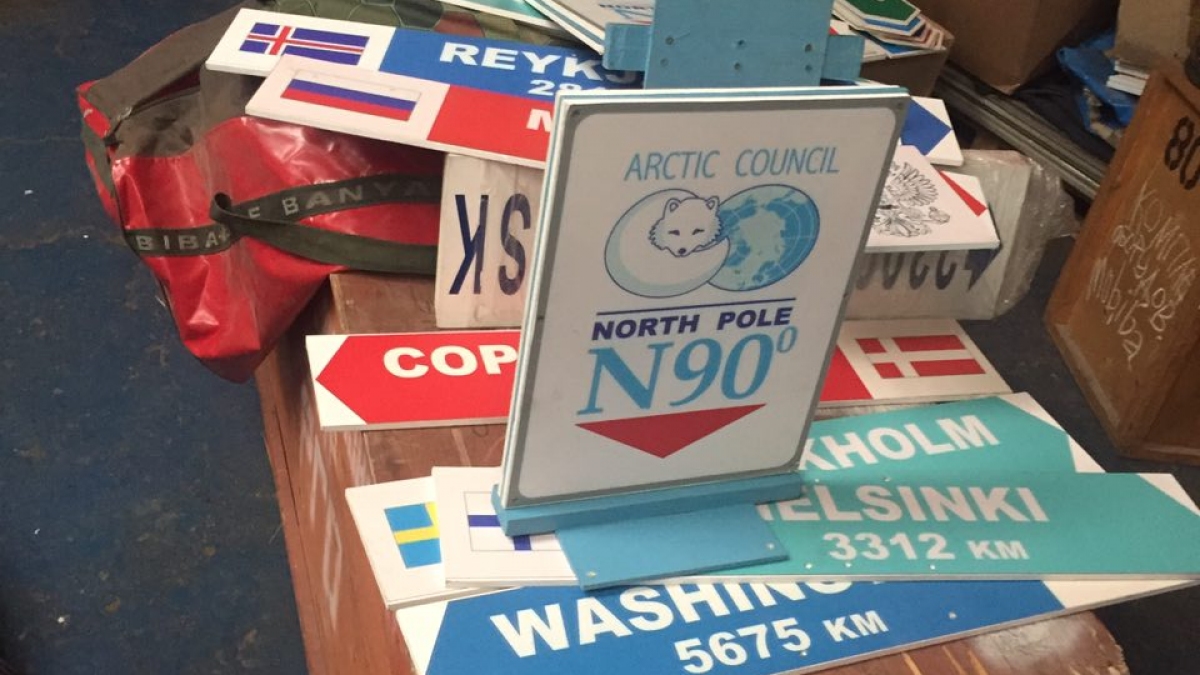
The ‘Northern Lights’ installation area was a highlight and of the exhibition. More than 1300 LED lights and visual projection onto multi-layered holographic film made it possible to create a realistic 3d-representation of aurora borealis shining in the night sky with falling and blinking stars, serving as a dramatic backdrop for yaranga, canoe and sled. Due to custom designed by our team engineering and set-up solution, the whole installation had looked naturally even from a very close distance. Making of this installation took a lot of time: our motion designers worked closely with a scientific consultant and a polar explorer from RGS trying to achieve natural and realistic look and feel. Well-known musician Alexey Devyanin (aka Pixelord), who is originally from the Russian North, wrote music for this installation. On the wall, adjastant to the huge holographic screen wall an animation film about aurora borealis was shown. This 3 minutes’ film, dedicated to myths of indigenous people and scientific explanation of this natural phenomenon was also written and made by us specifically for the purpose. Nearby this installation stood an original exhibit — a milepost, demonstrating the distances from geographic North pole to different cities of the world. This milepost once stood on the North Pole spot during one of the expeditions of RGS. This place, with an aurora borealis background, became a popular selfie-spot for our visitors.
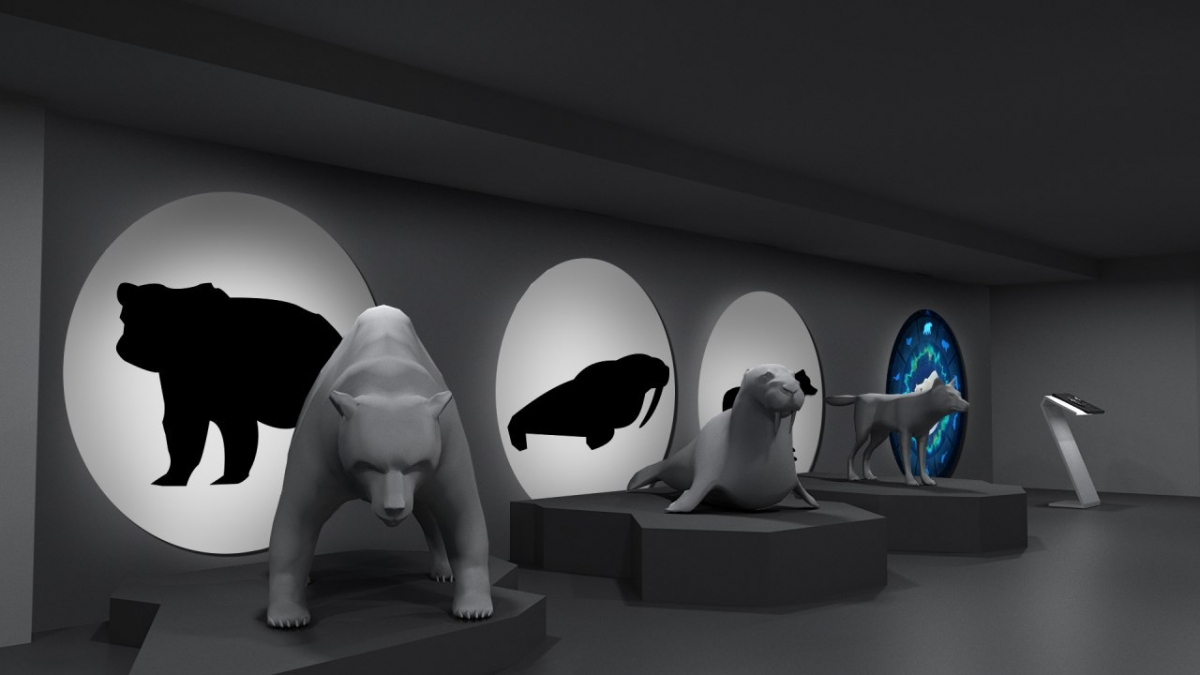
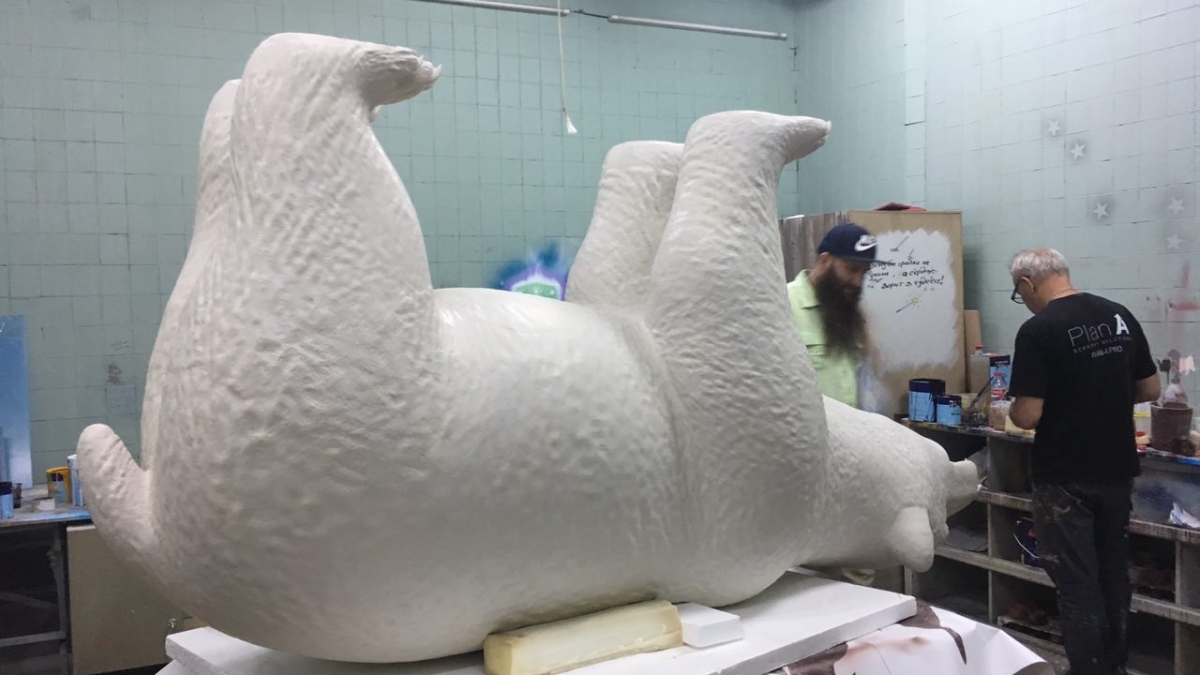
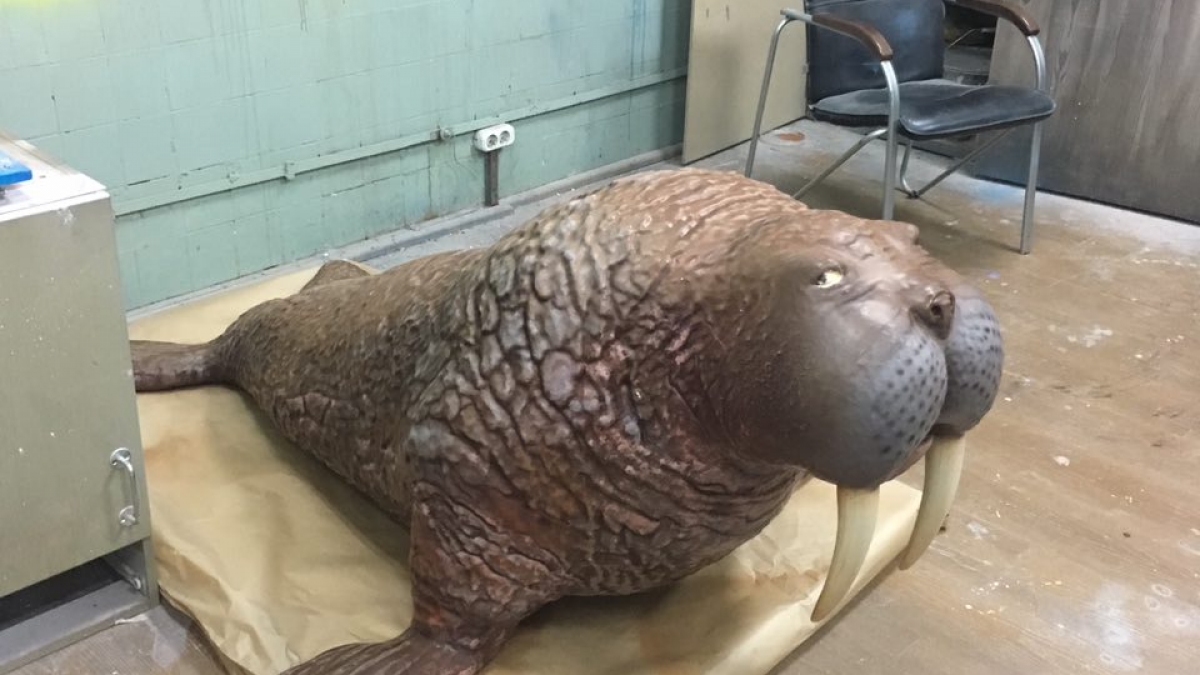
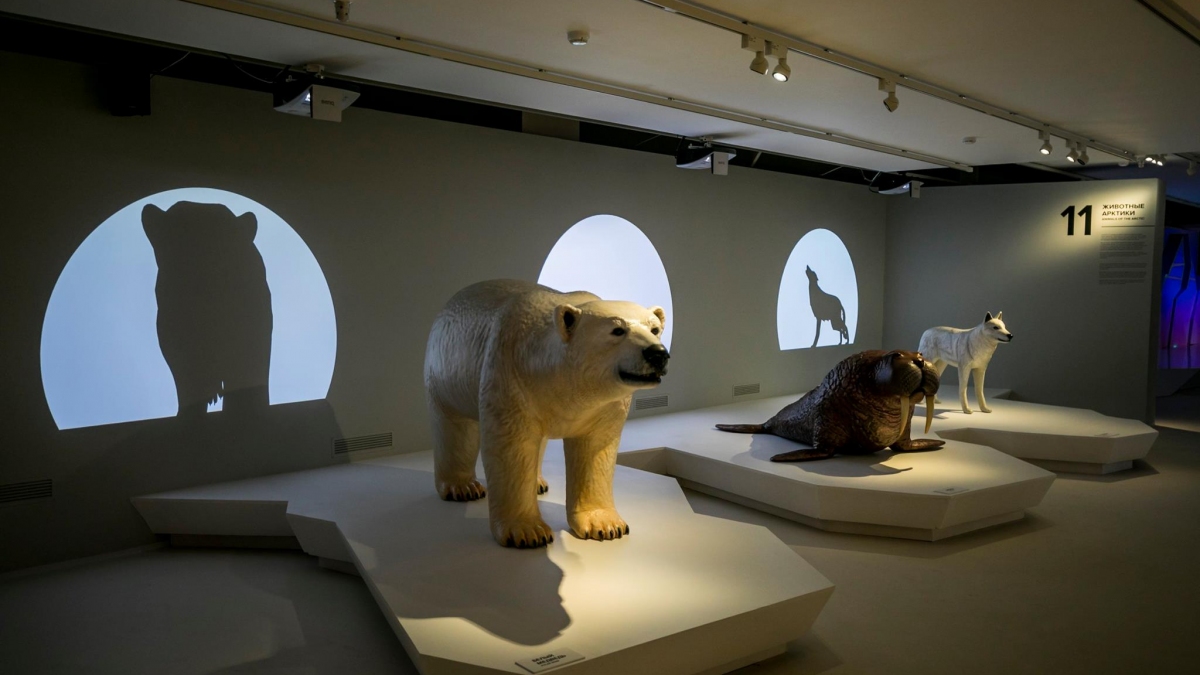
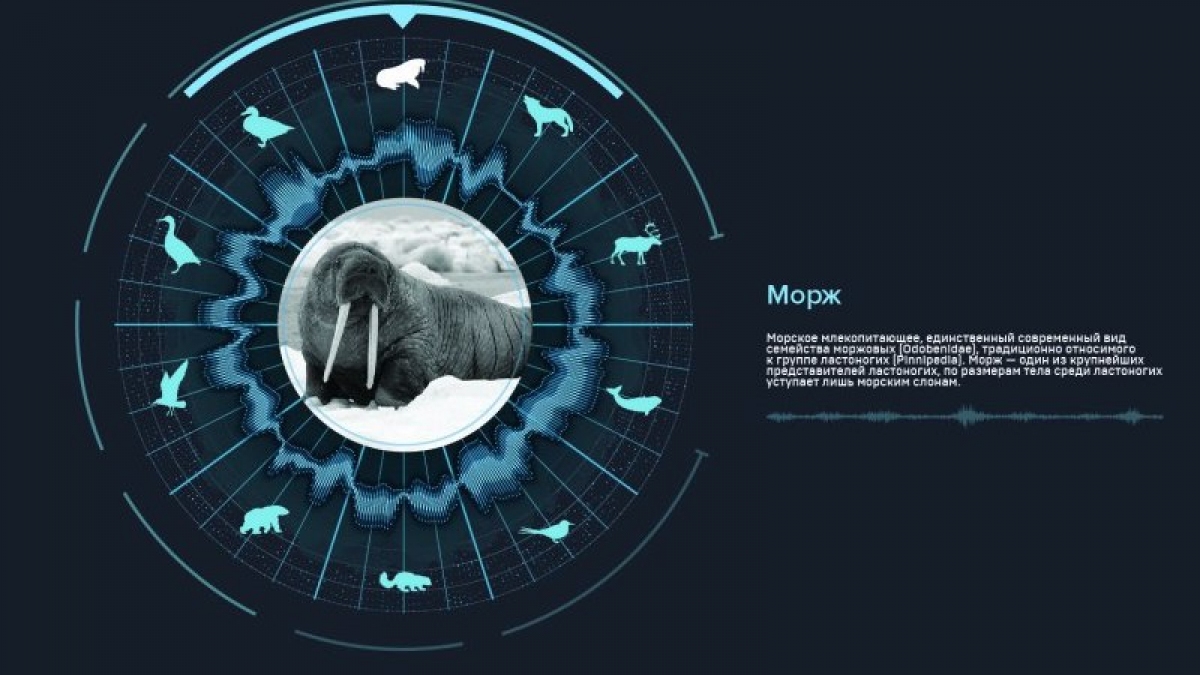
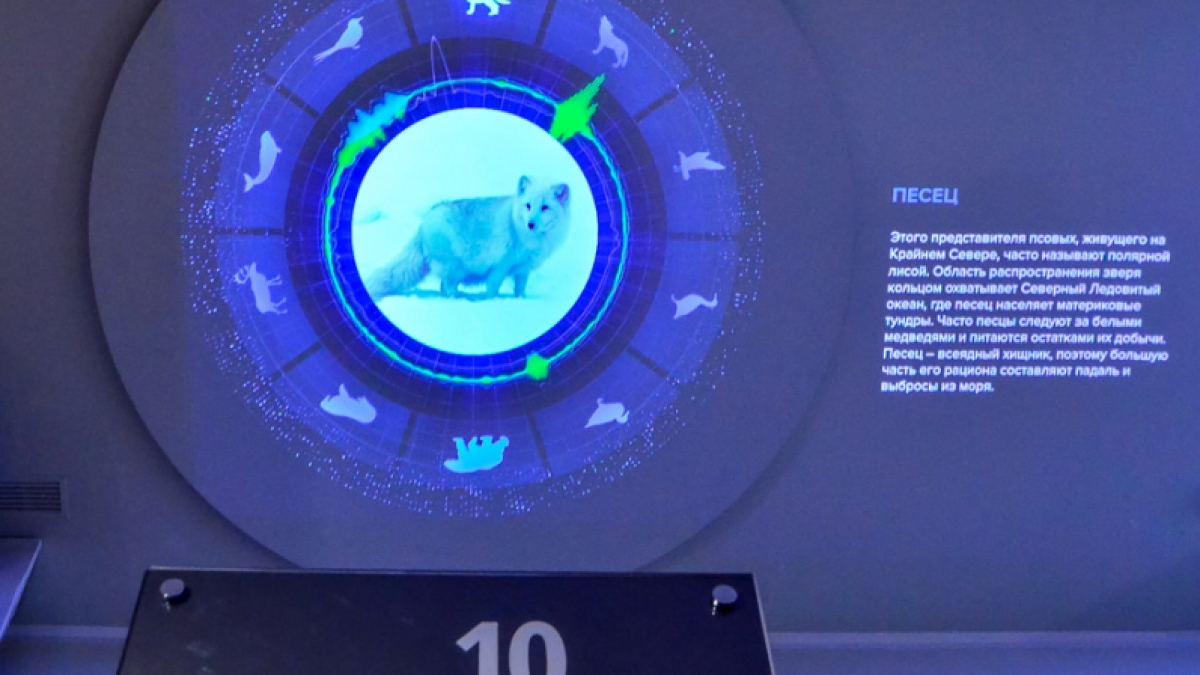
For the installation ‘Arctic Wildlife’ we had made 3d models of walrus, polar wolf and white bear and produced realistic models using laser cutting and airbrushing. Behind these real-sized models, visitors could see projection of their animated shadows, showing how these animals behave in their natural environment. Next to this atmospheric installation we had placed another one, called ‘Sounds of wild life’. Visitors could choose one of 8 Artic animals and listen to their voices and read some information about them.
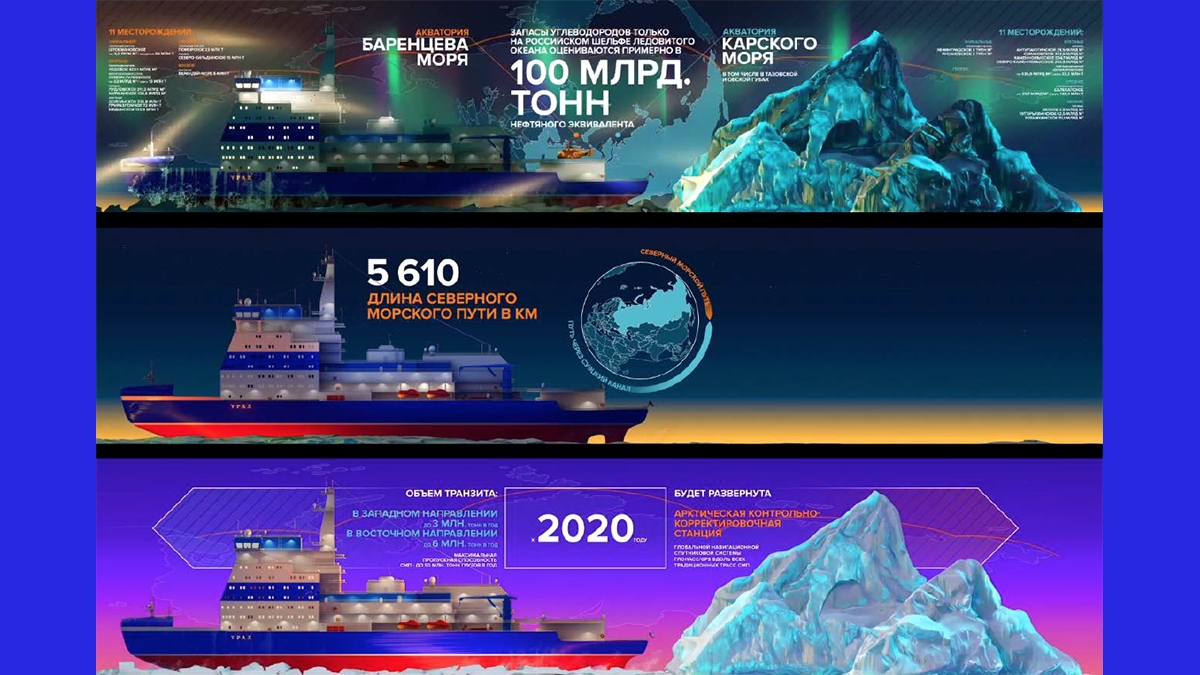
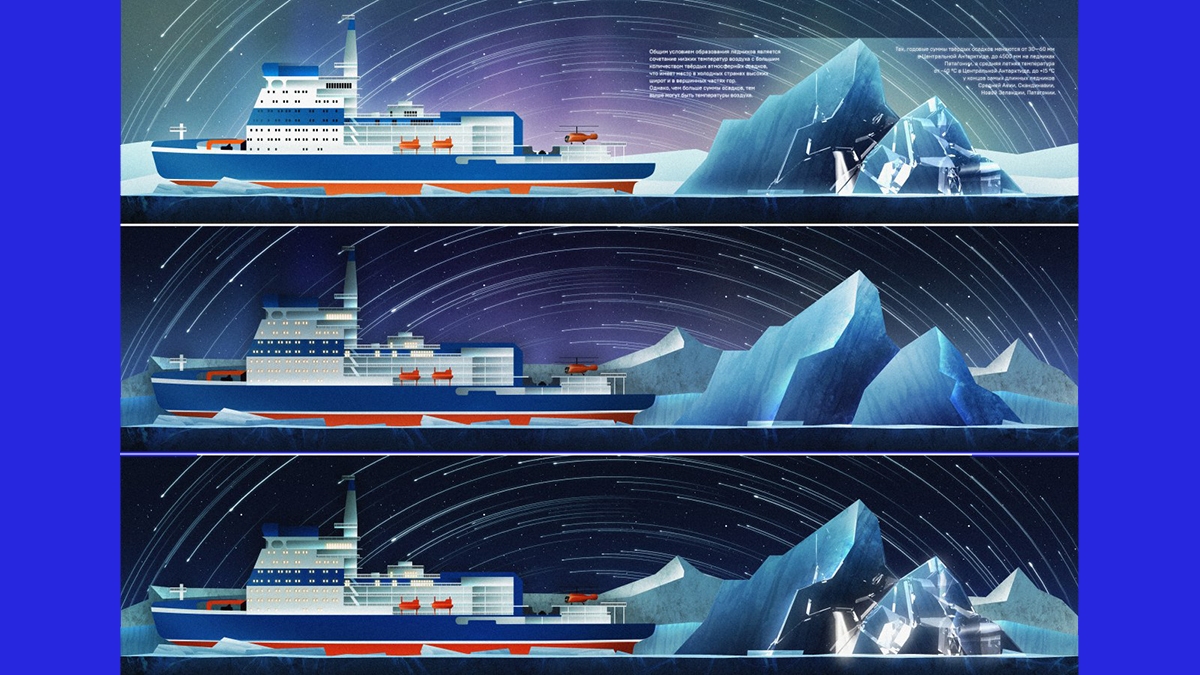
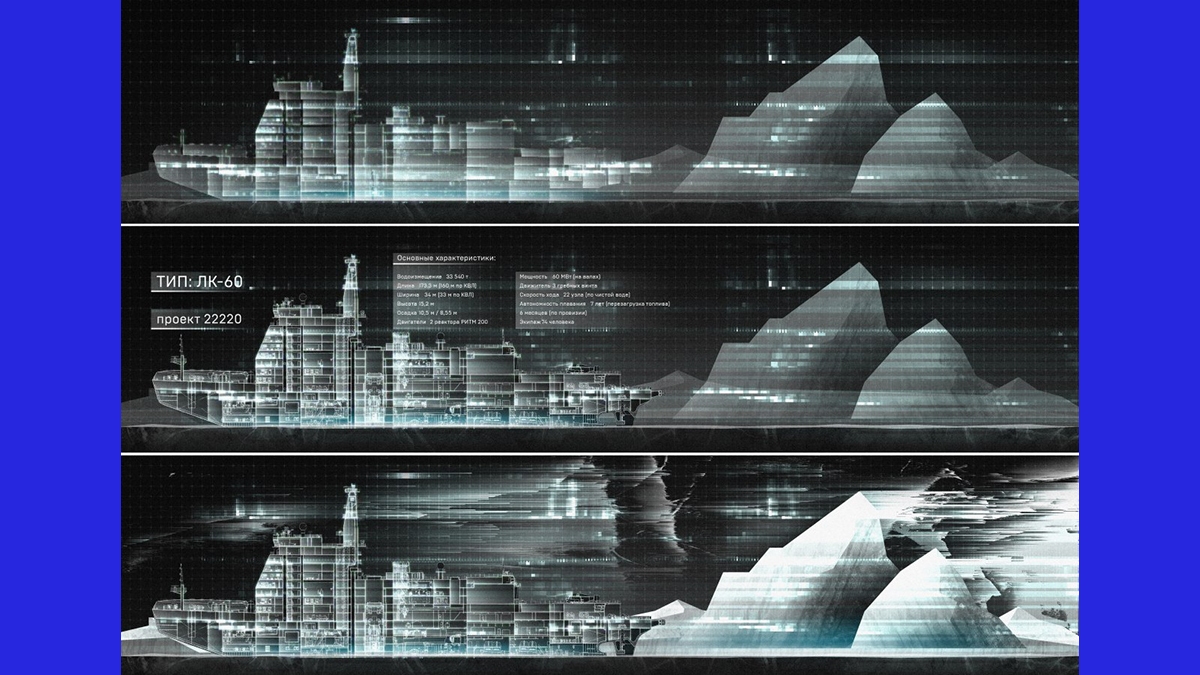
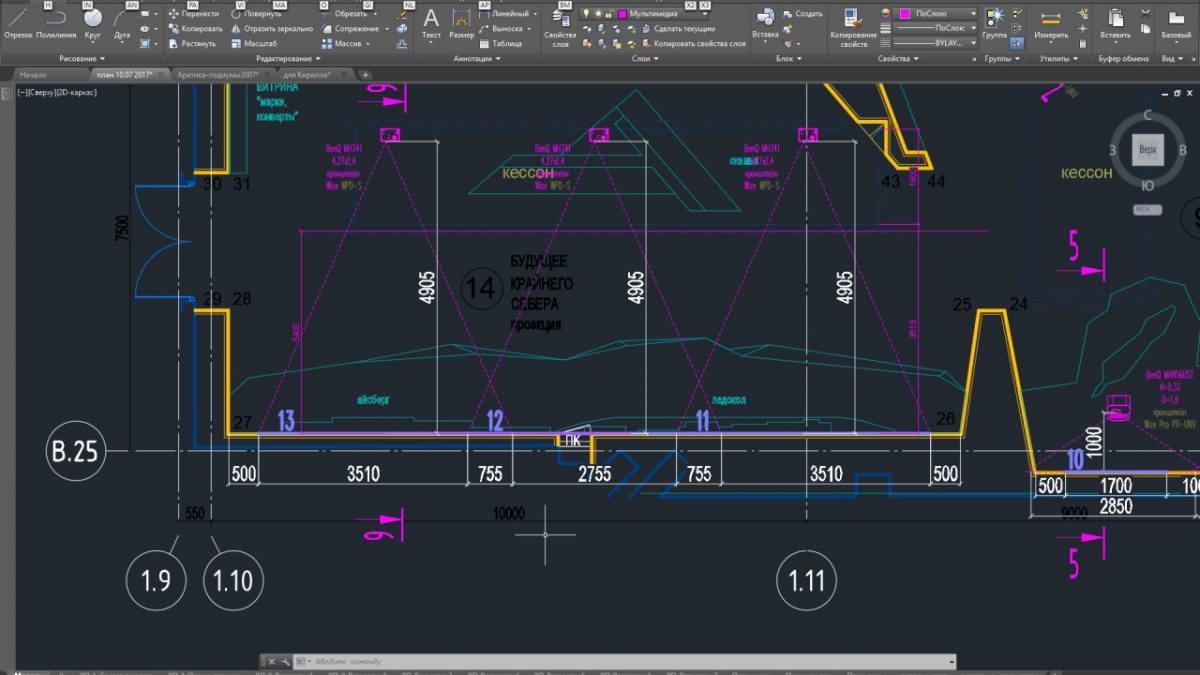
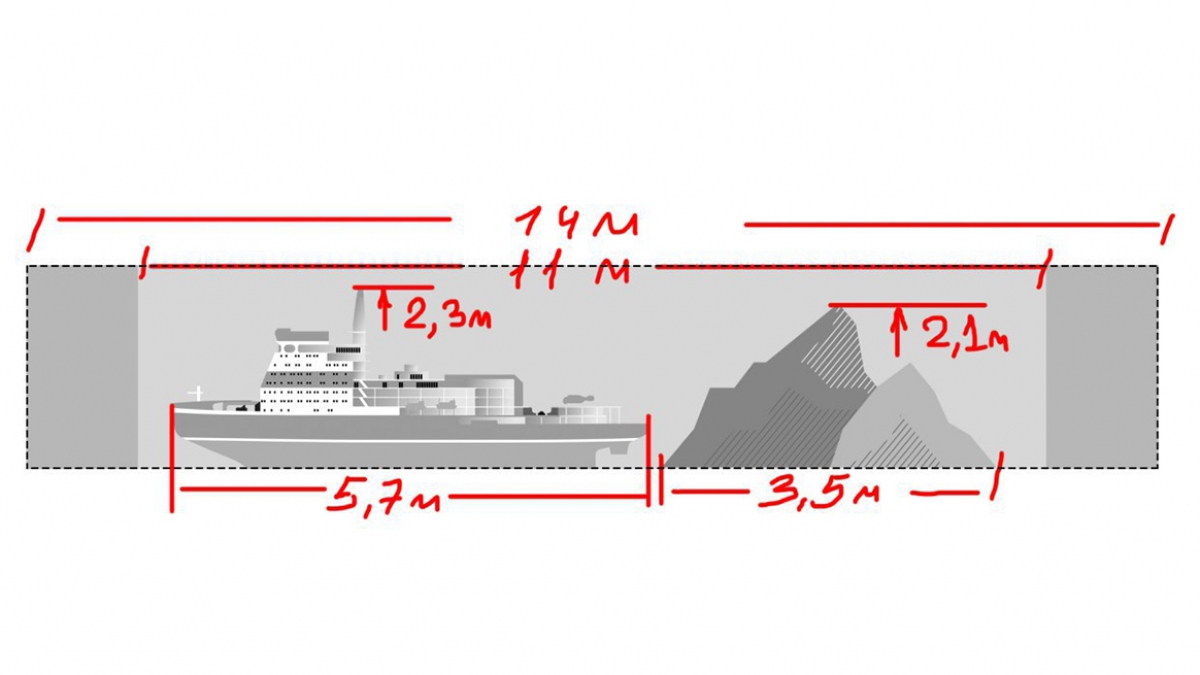
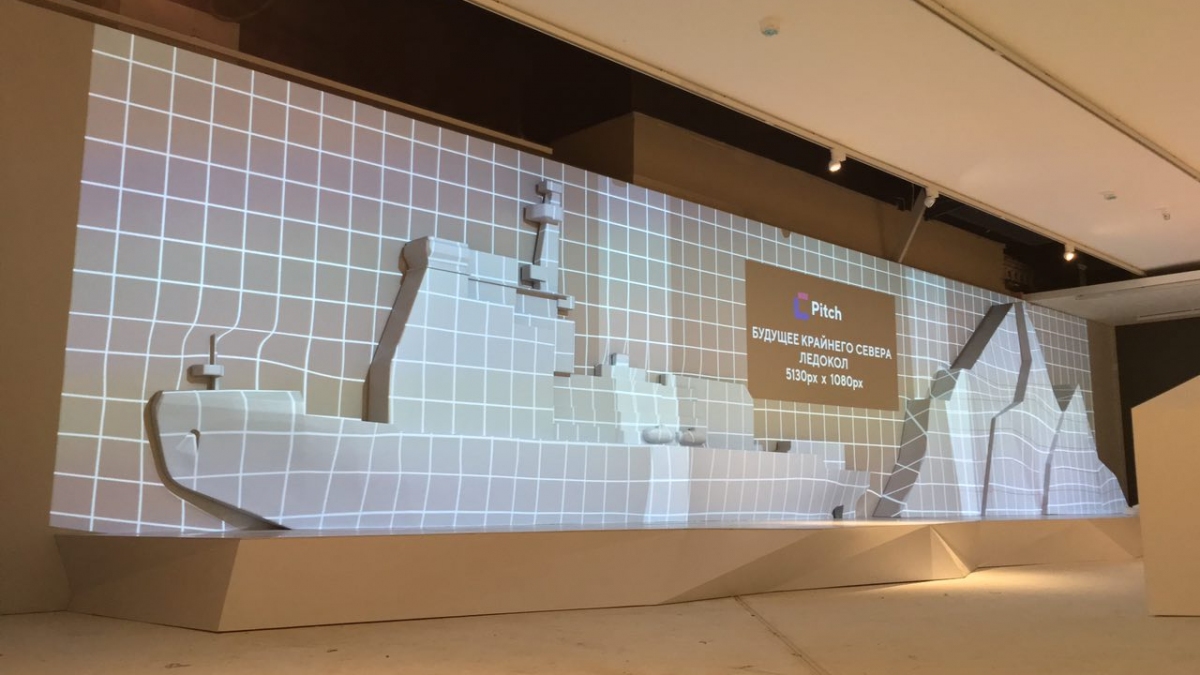
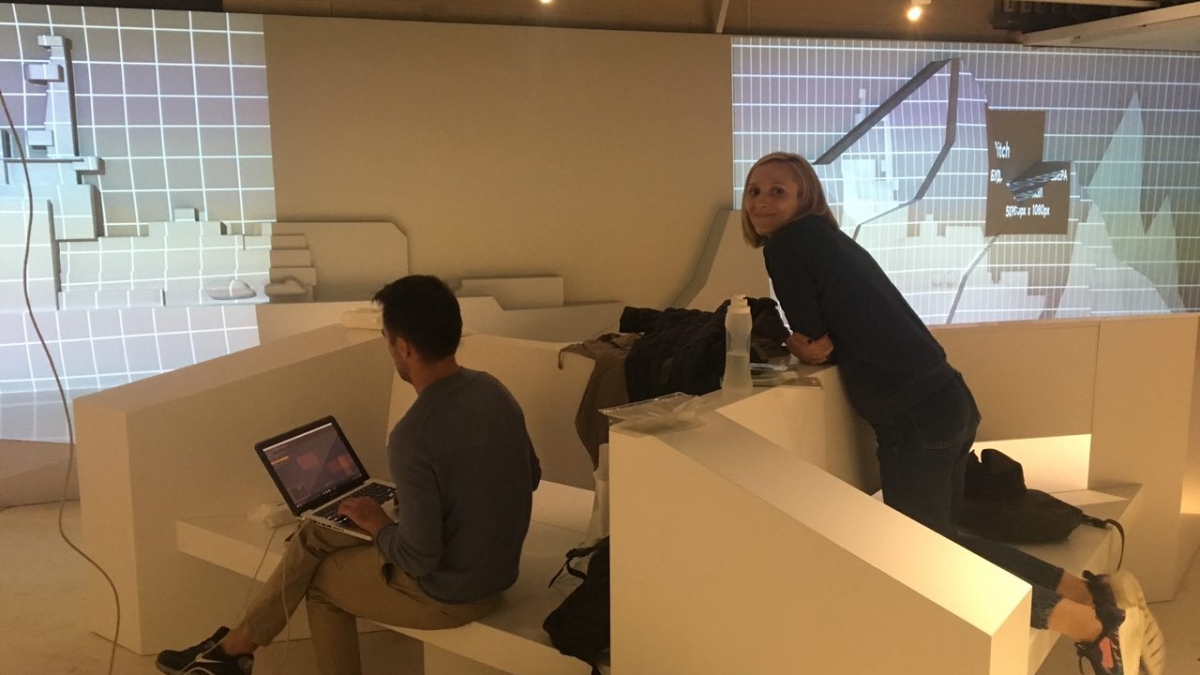
One of the most important and spectacular installations became ‘Northern Sea Route’, for which we used projection video mapping technology, using which an animated content was displayed over bas-relief of the newest Russian nuclear icebreaker from Leader series. The animated content reflected its design features and was accompanied by a story about the Northern sea route and its importance for the development of the economy of the Northern regions. On the opposite wall some works of modern photographers displaying life behind the Polar circle from collections of ROSIZO and RGS were placed.
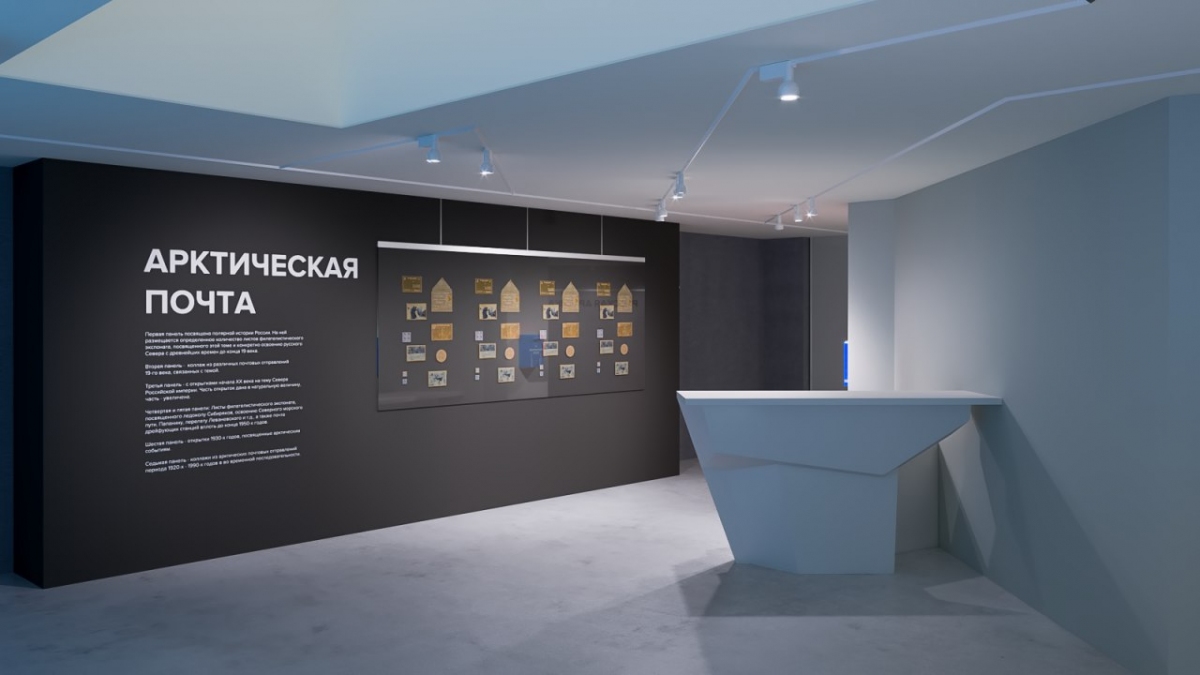
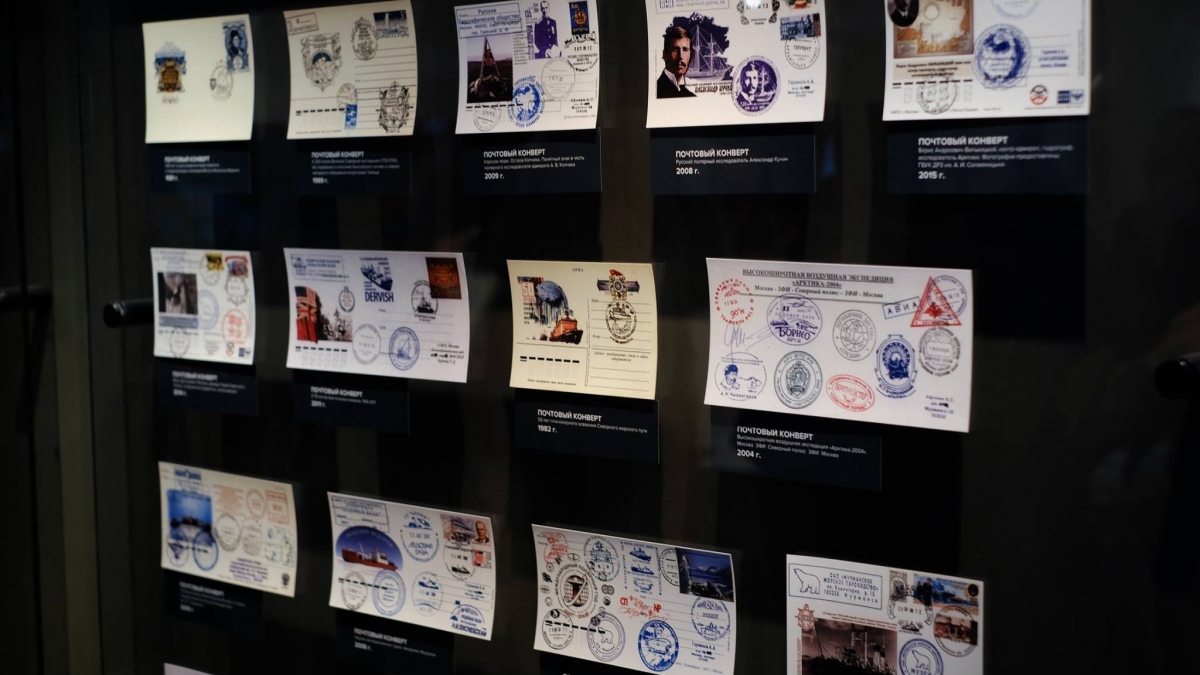
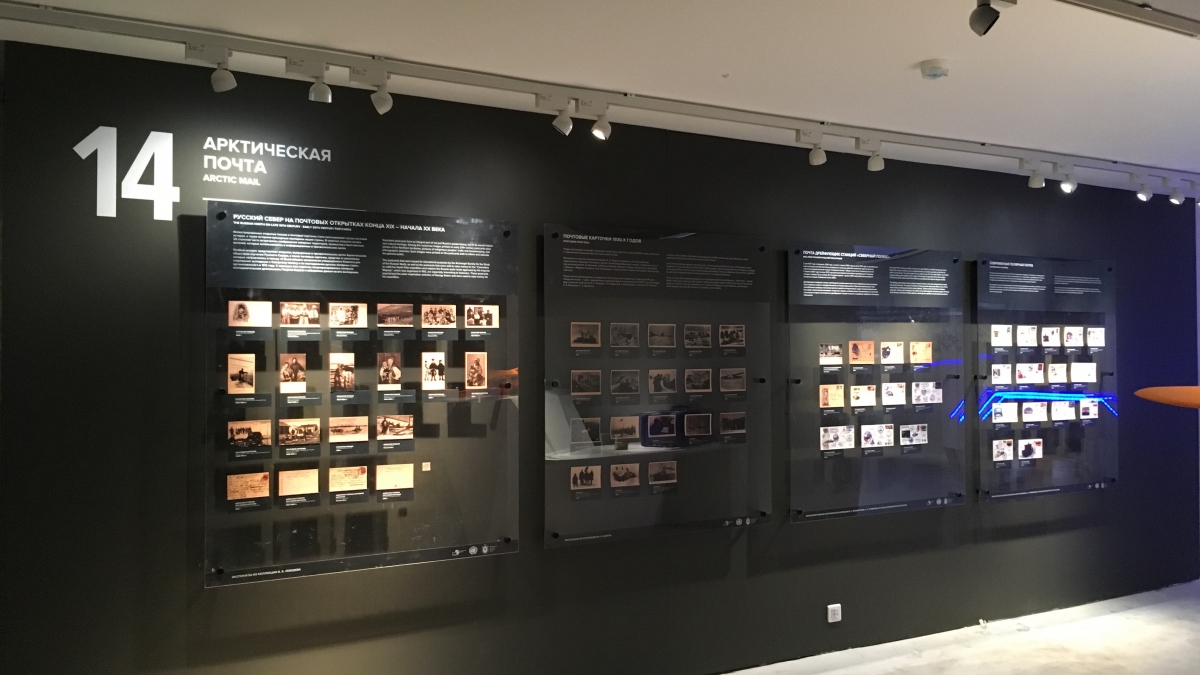
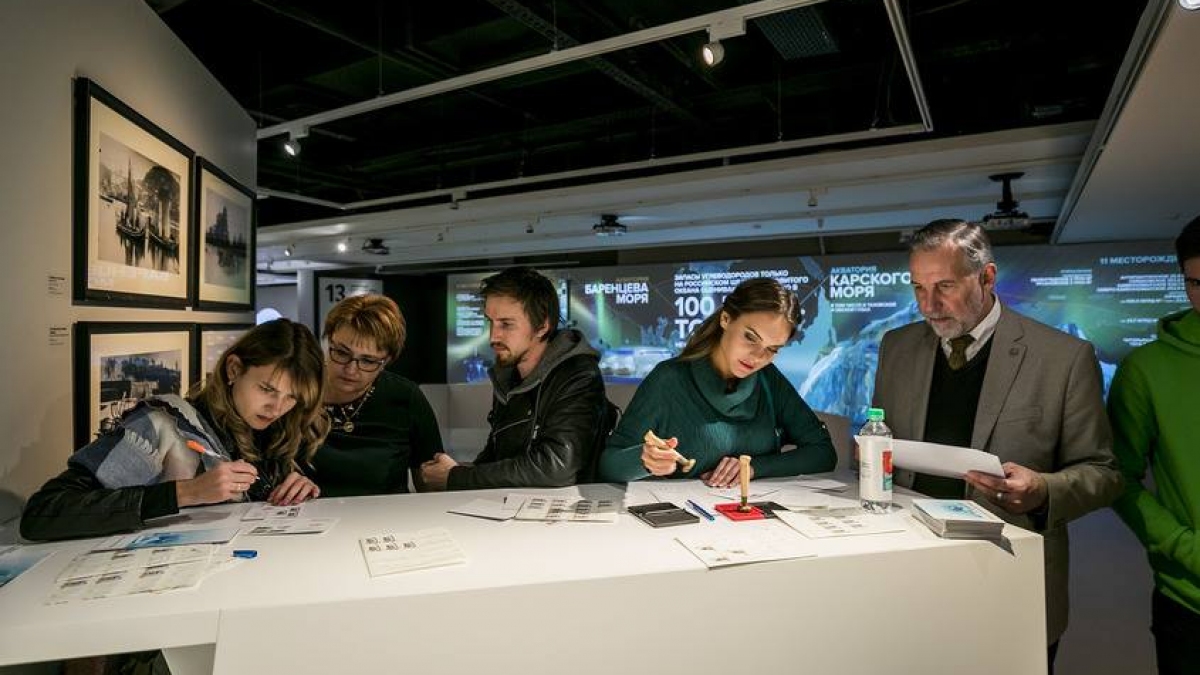
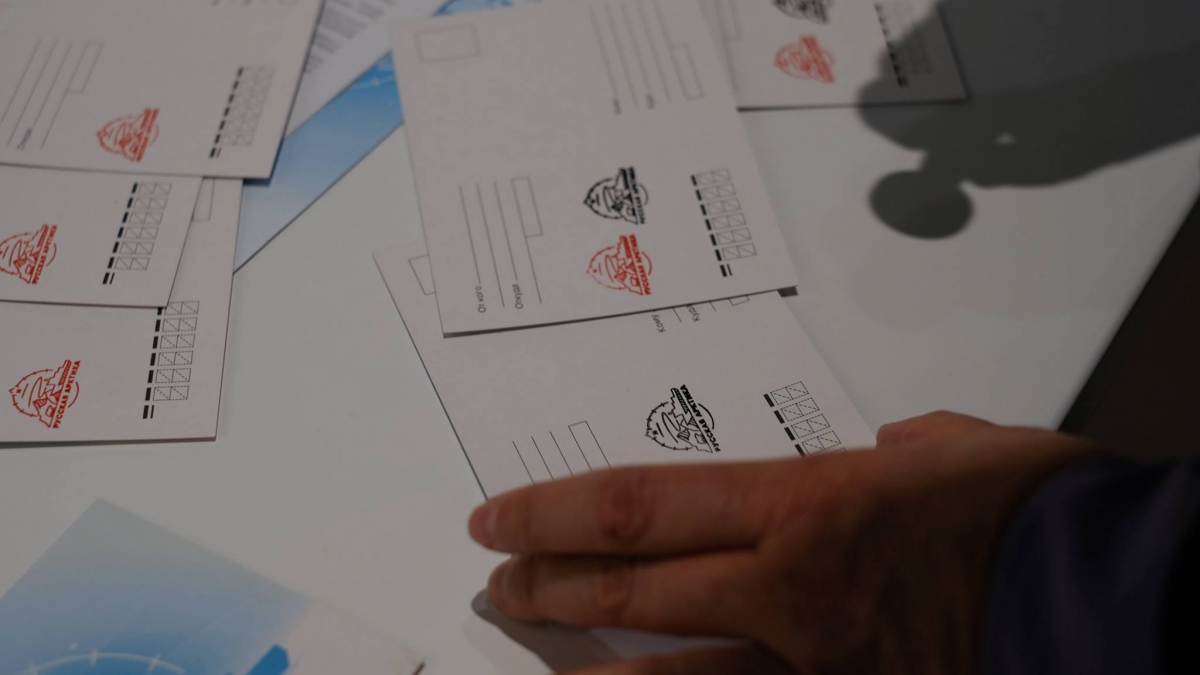
At the end of the exhibition route visitors encountered the last part of the exhibition — ‘Polar Post Office’. There were shown unique post cards, envelopes and post memorabilia from the North Pole expeditions: as a matter of fact, all polar expedition have their own post office and unique stamps. That is why we decided to print exhibition-themed post cards. Each visitor could right something on this card, stamp it with the logo of the exhibition and drop it into the installed in the space post box, so after the exhibition thousands of post cards dedicated to the exhibition were delivered across Russia.
This exhibition was very popular during the whole time of exposition. Zaryadye’s Media Center that hosted the exhibition had to limit access to the exhibition and make it sessional. Here you can take a look at the Russian Arctic exhibition video to have idea about the whole experience and access a brief information about thes how.
Share
VK
Facebook
Twitter
